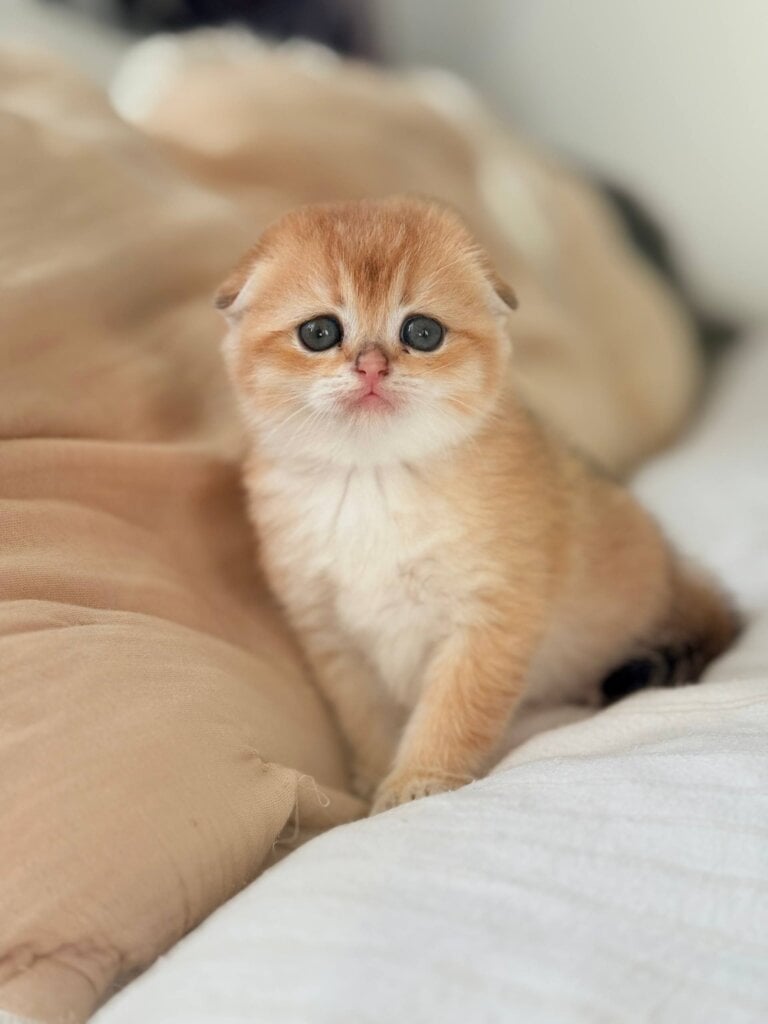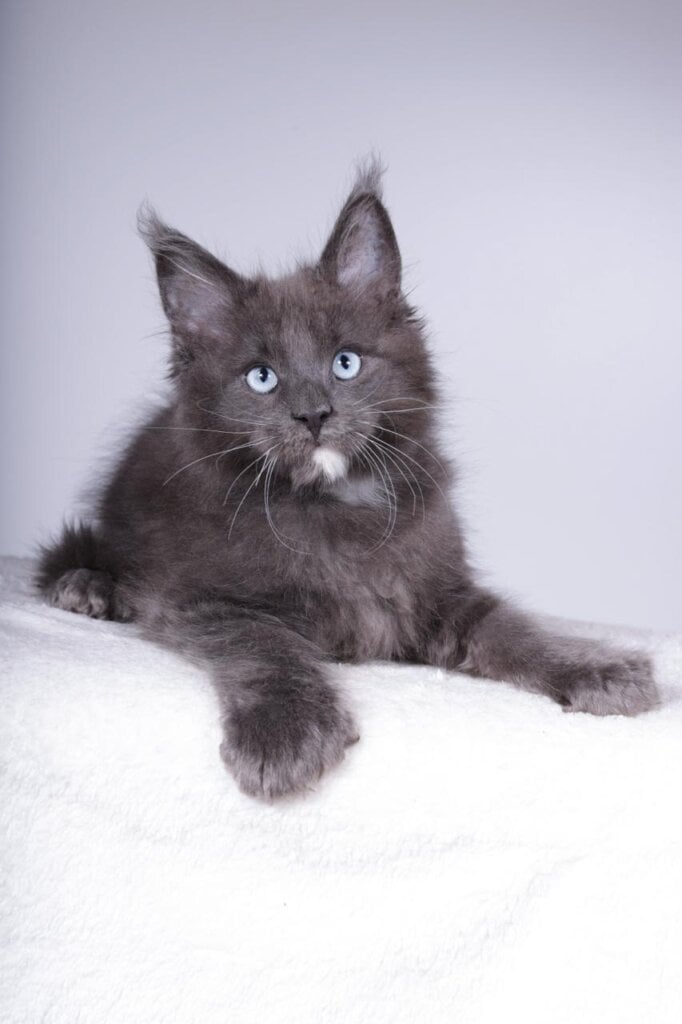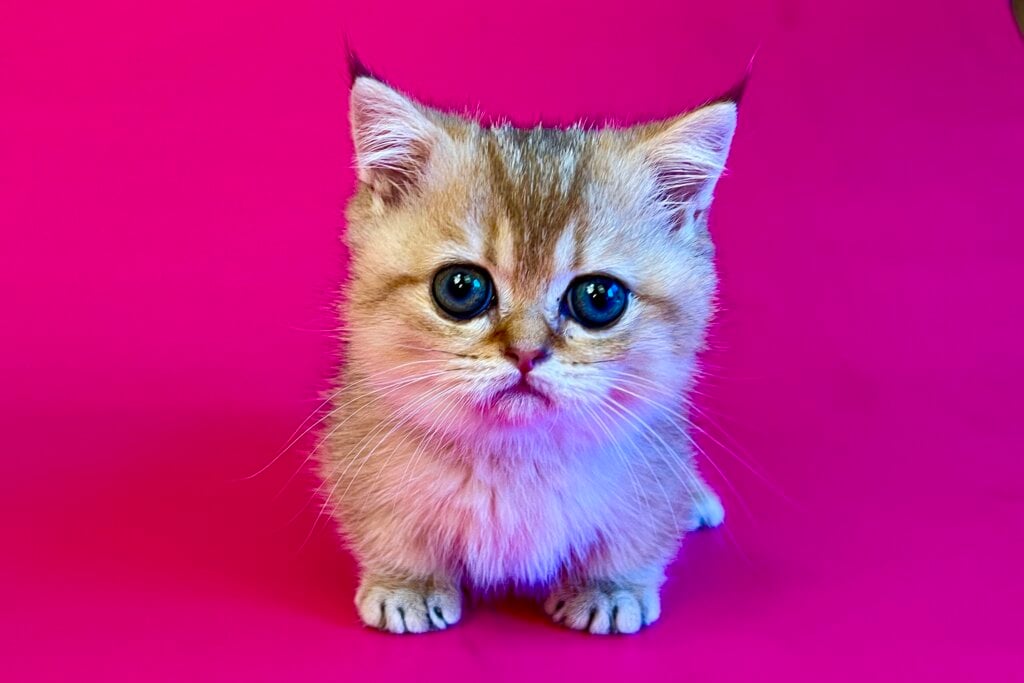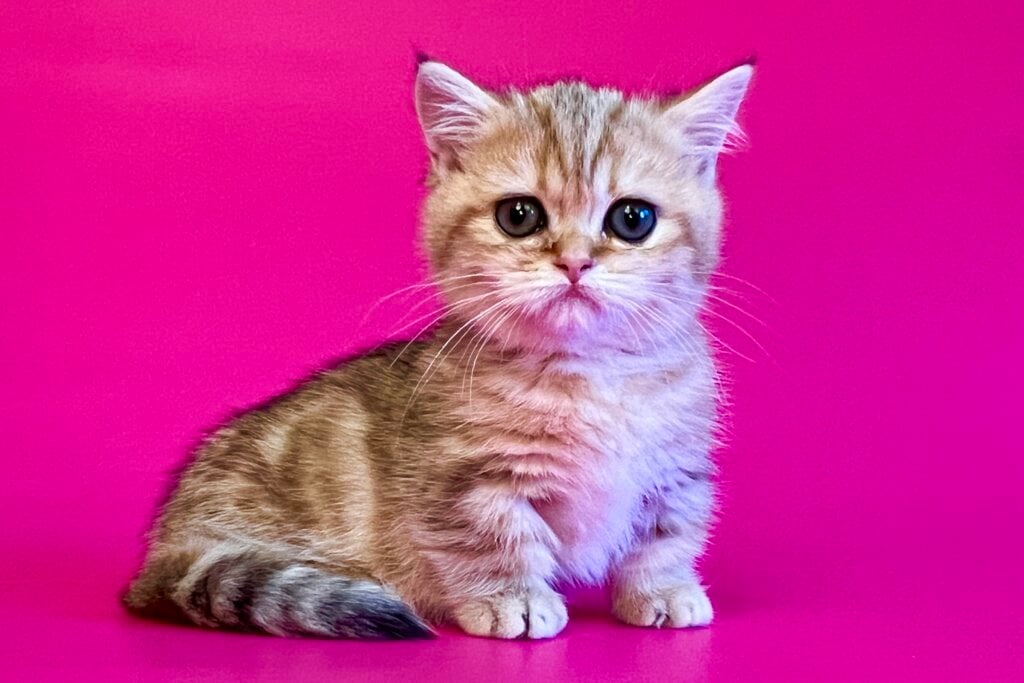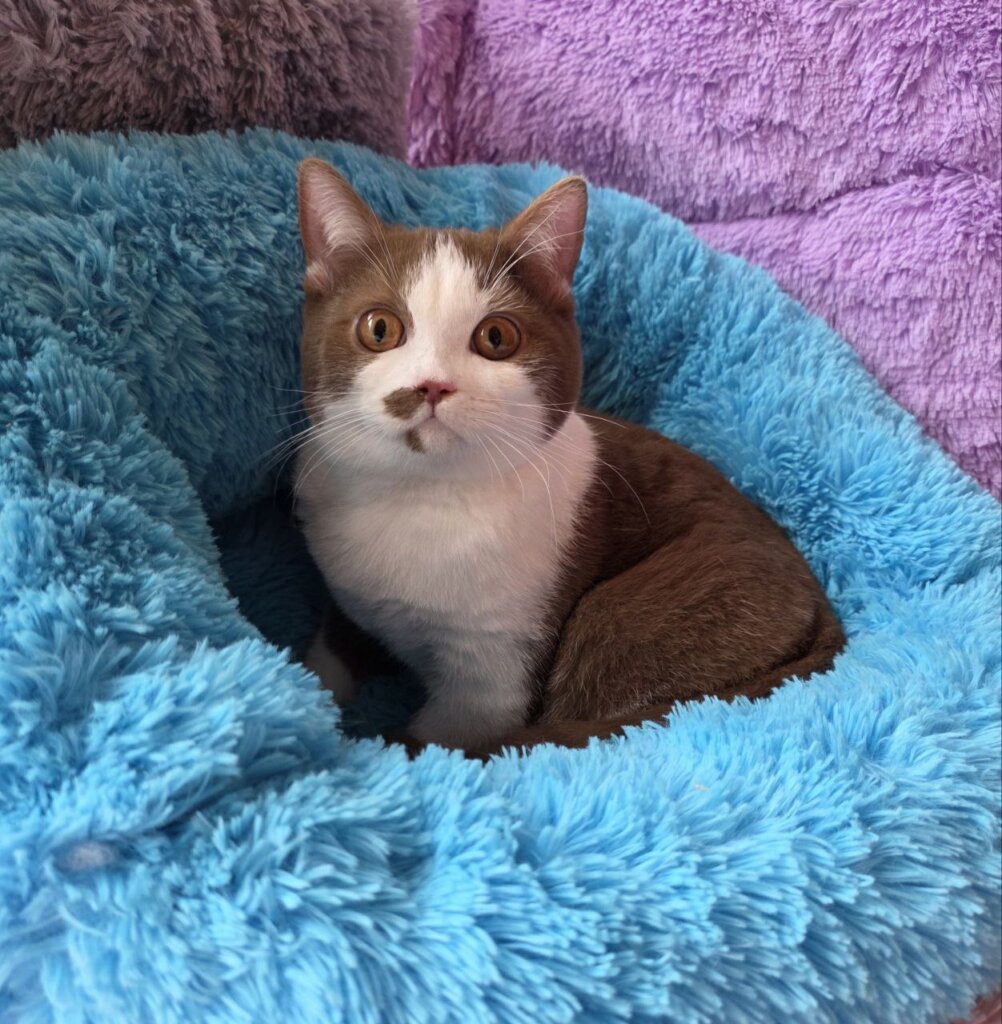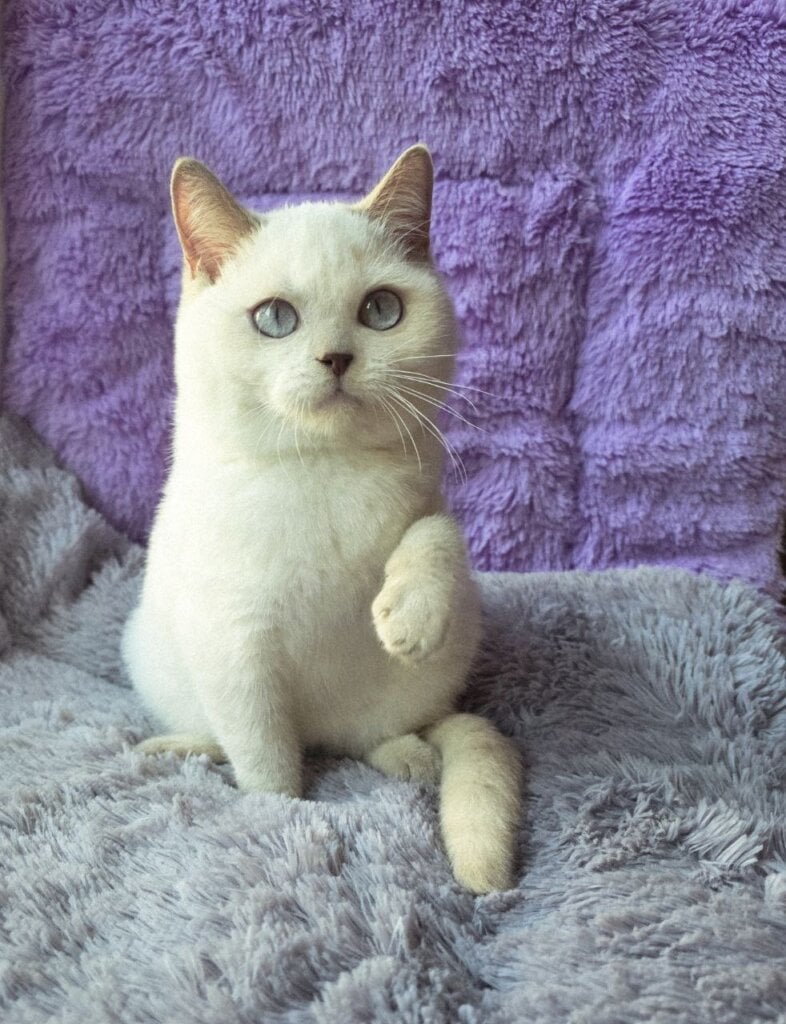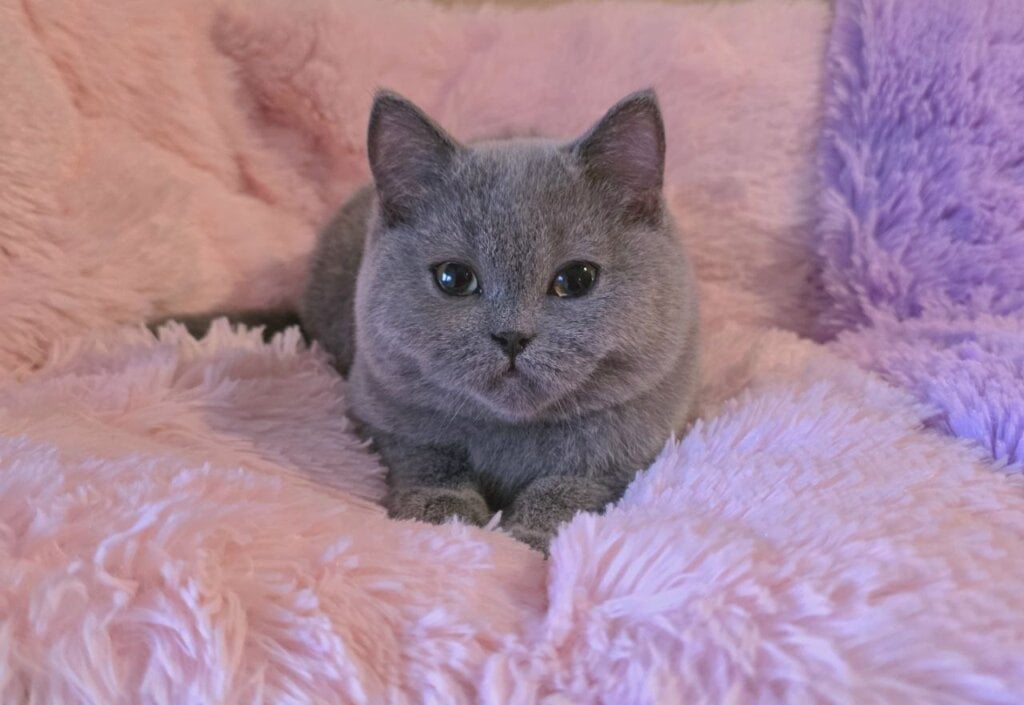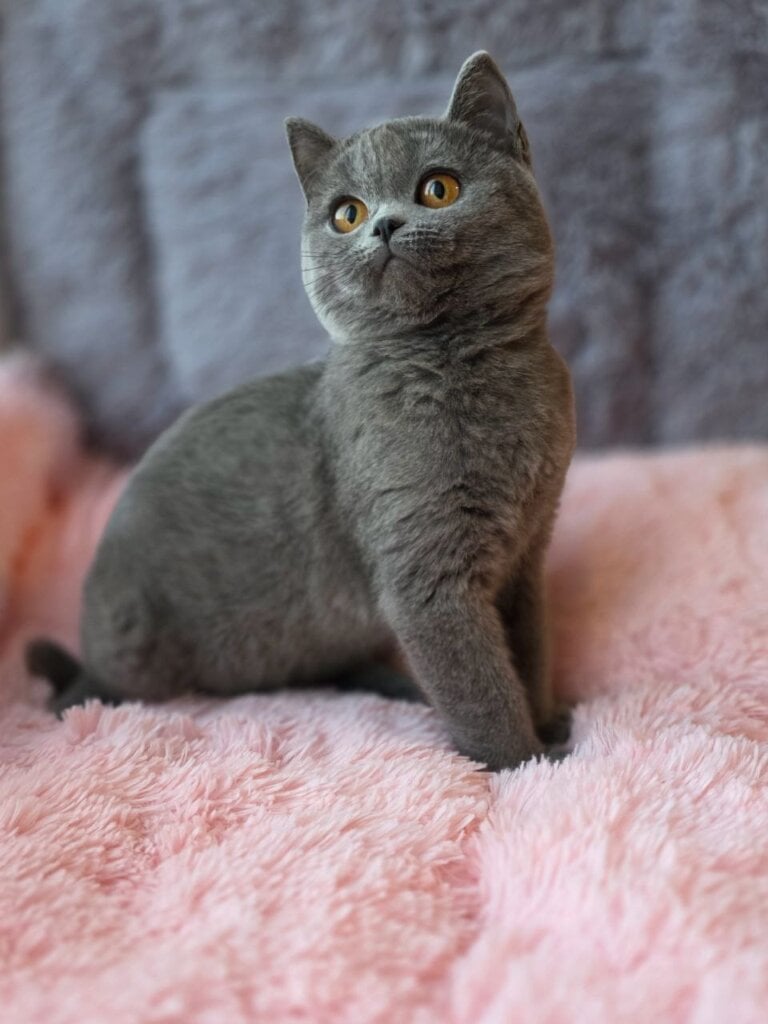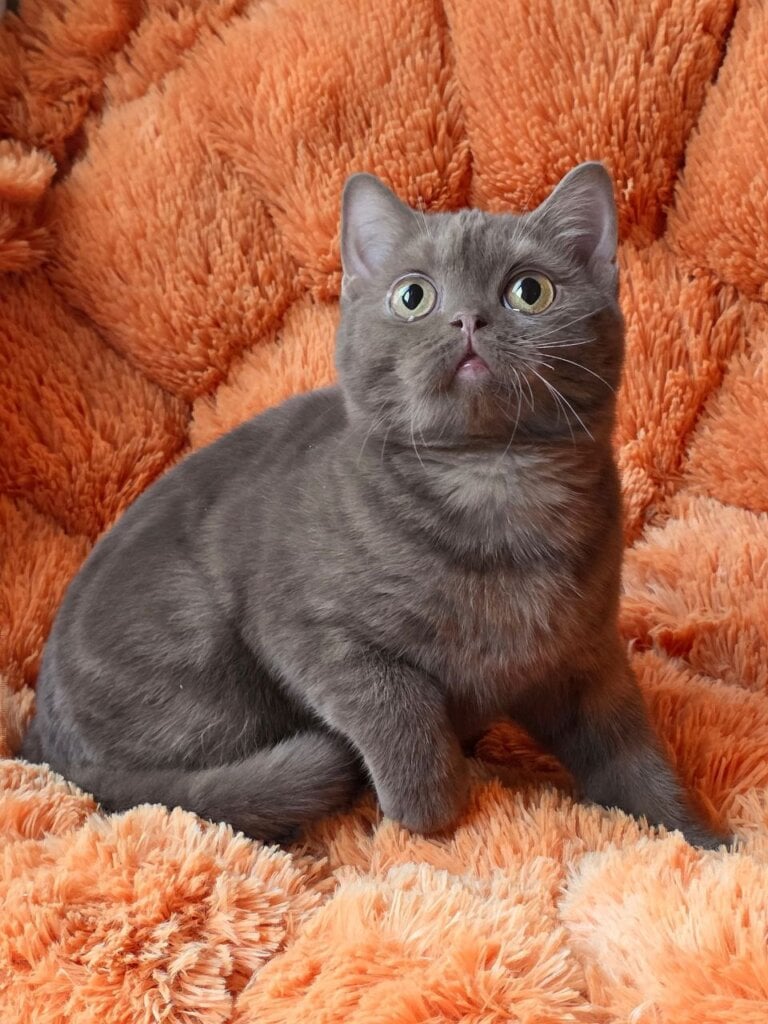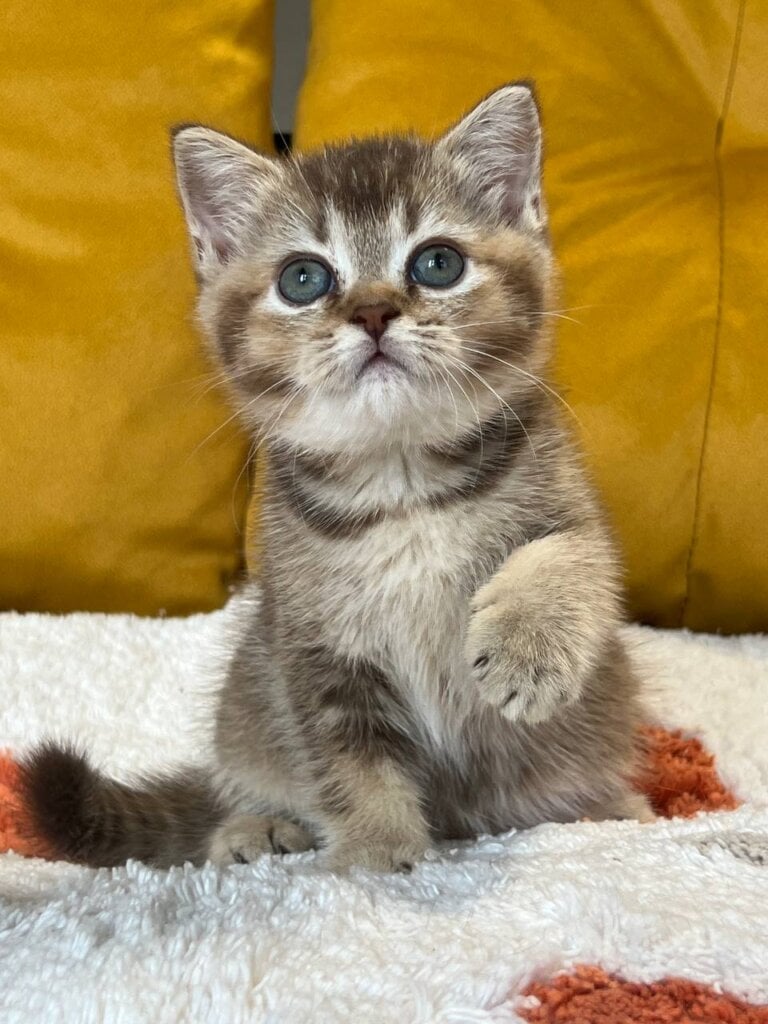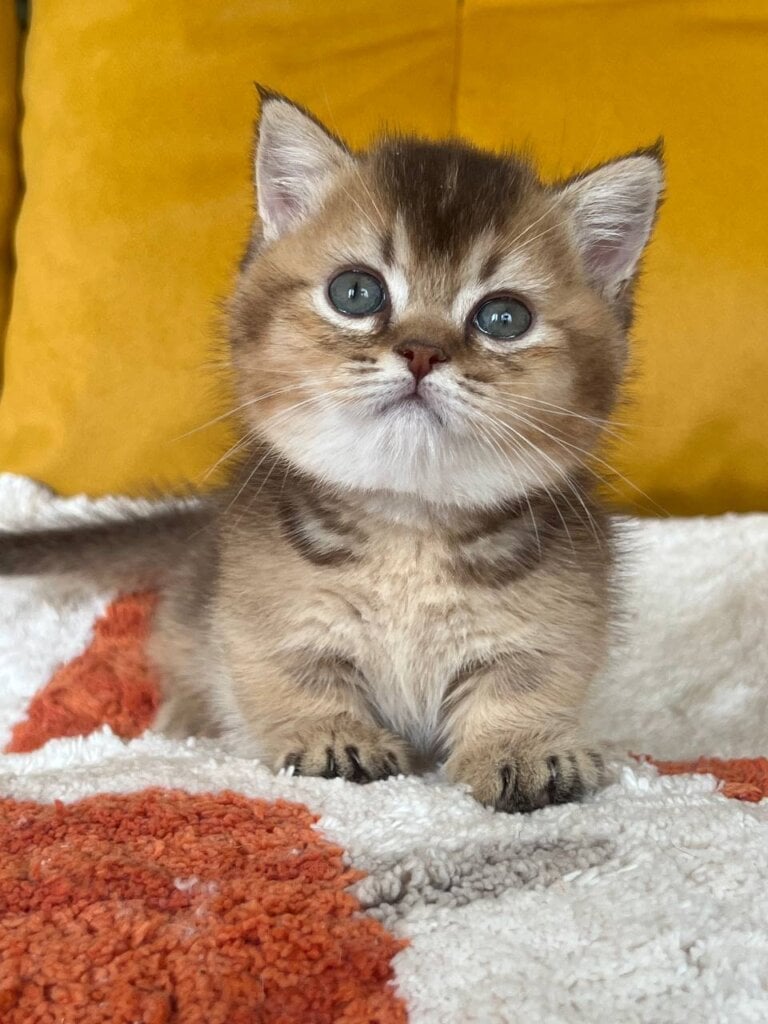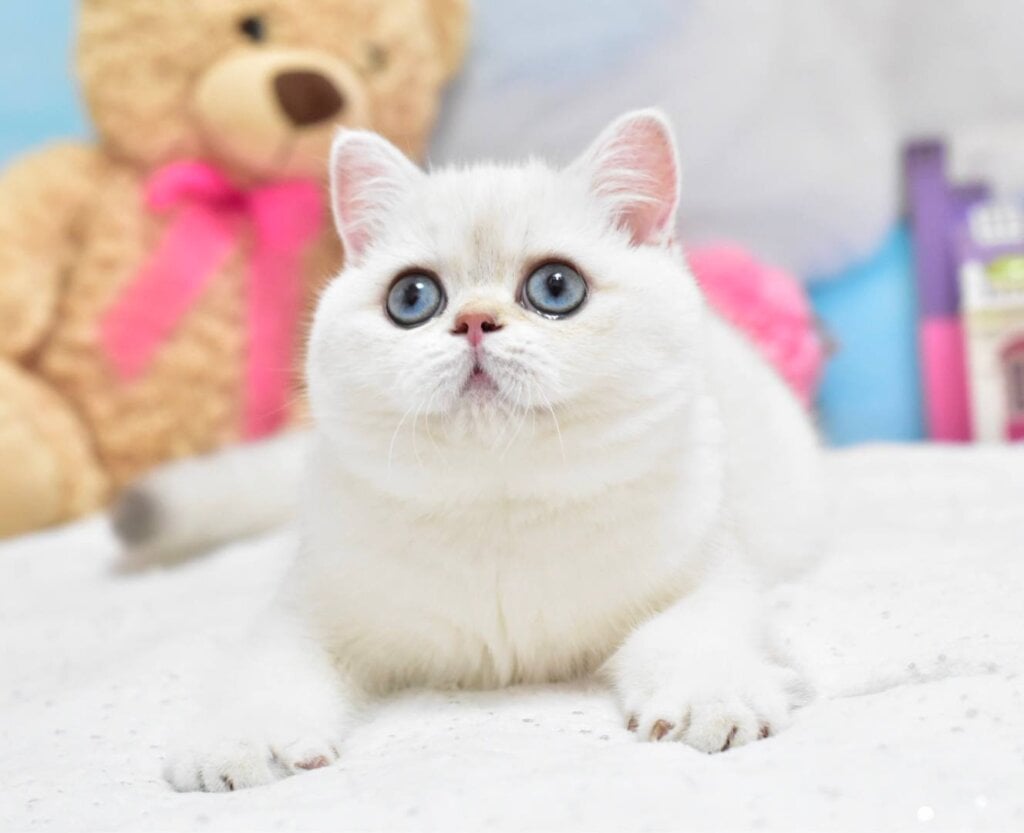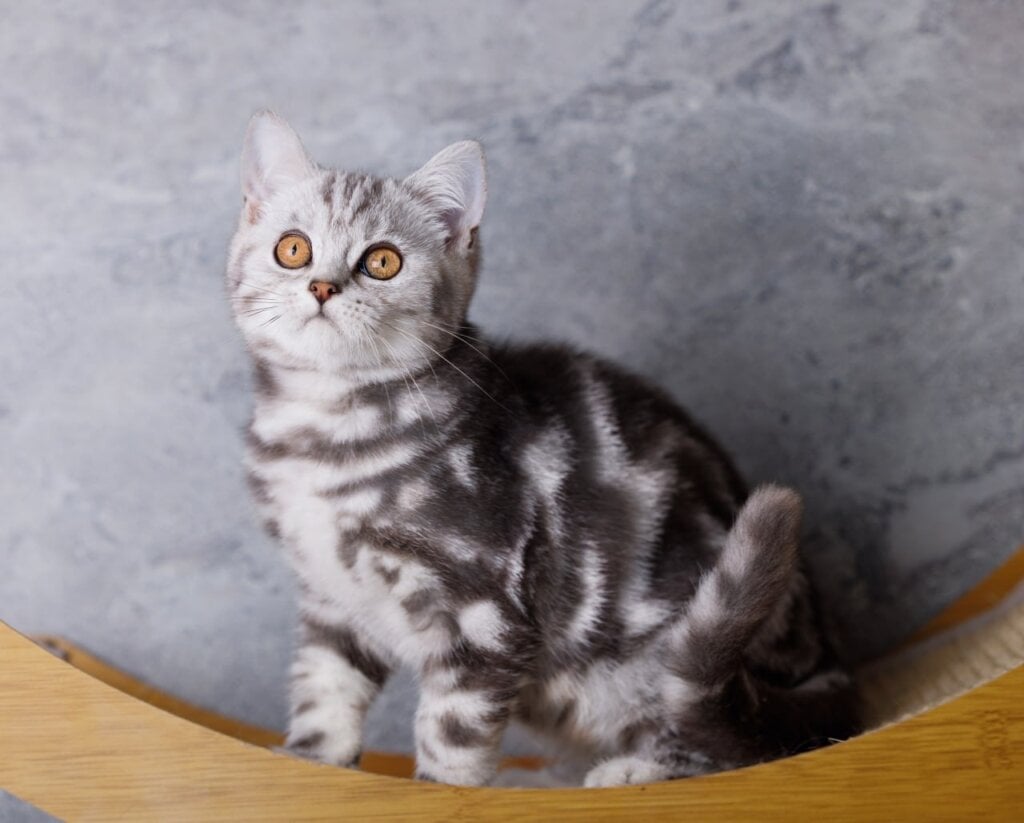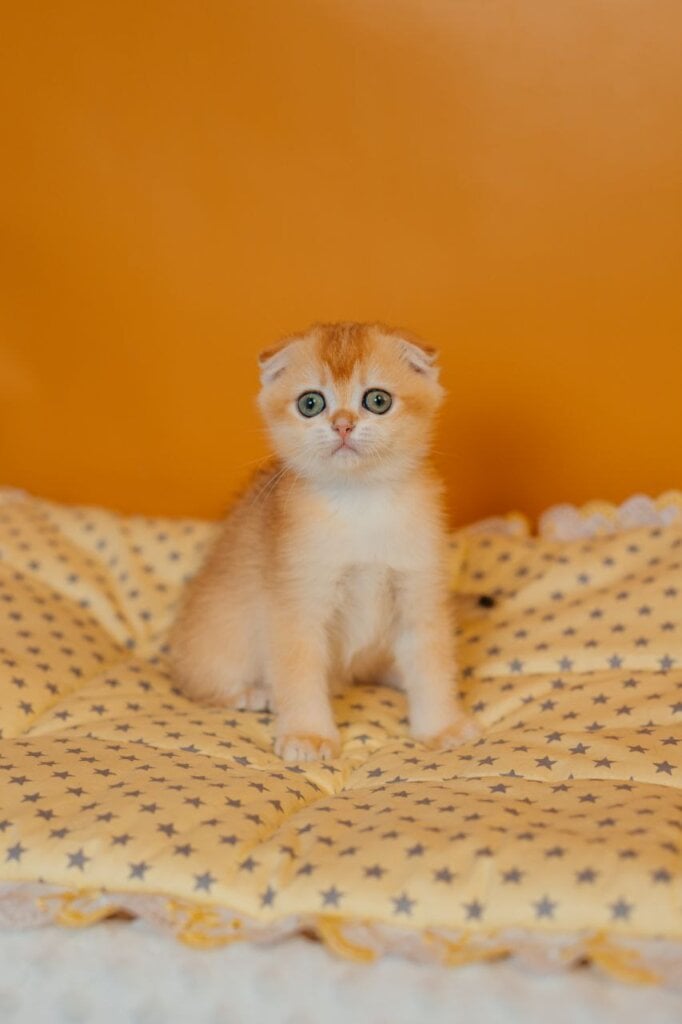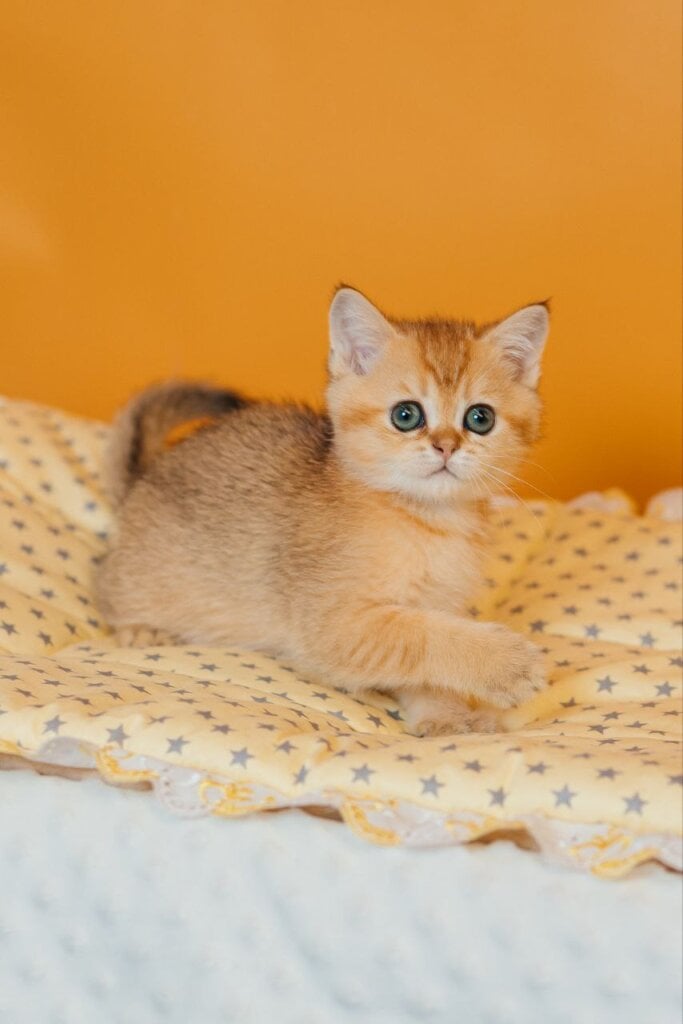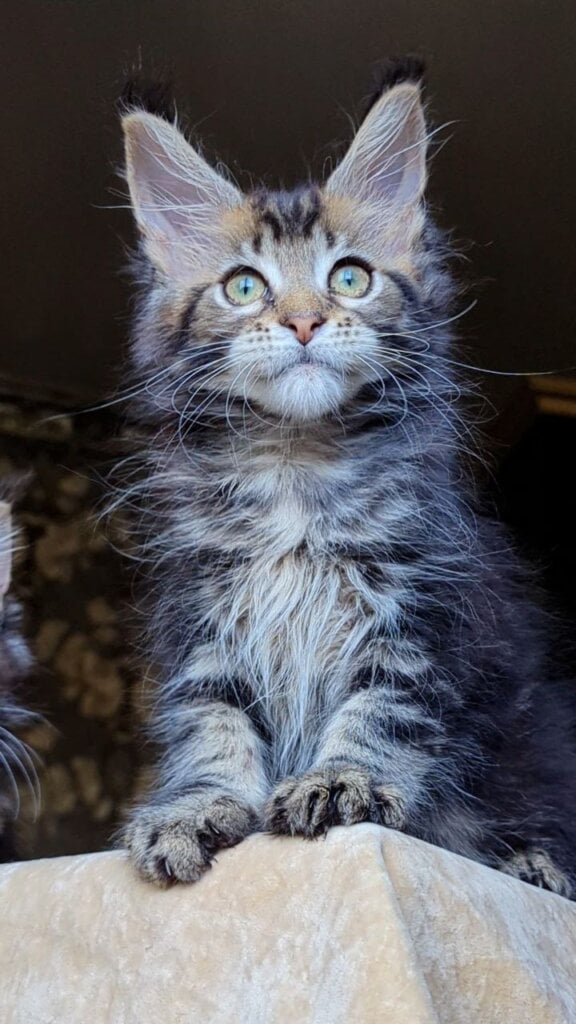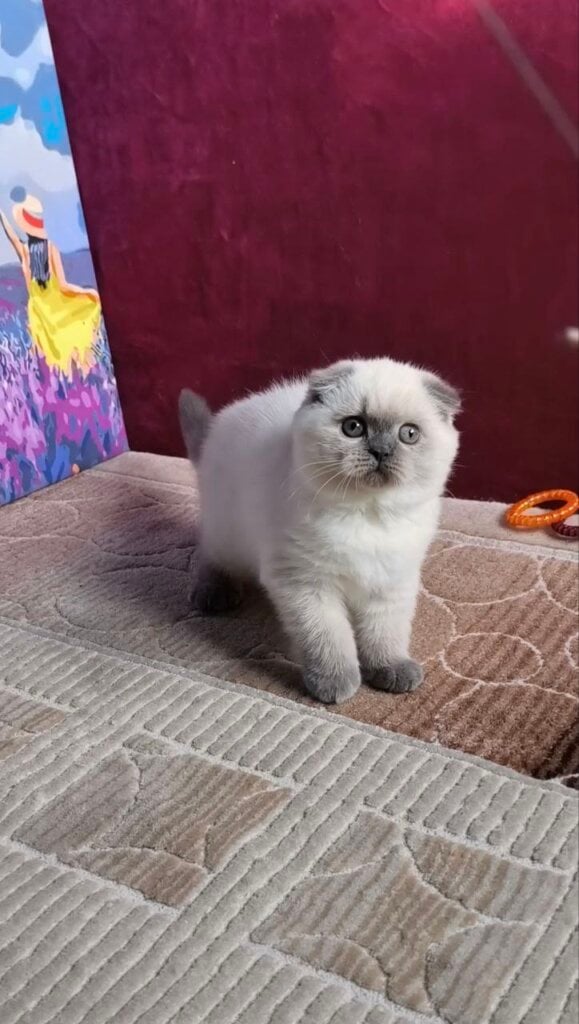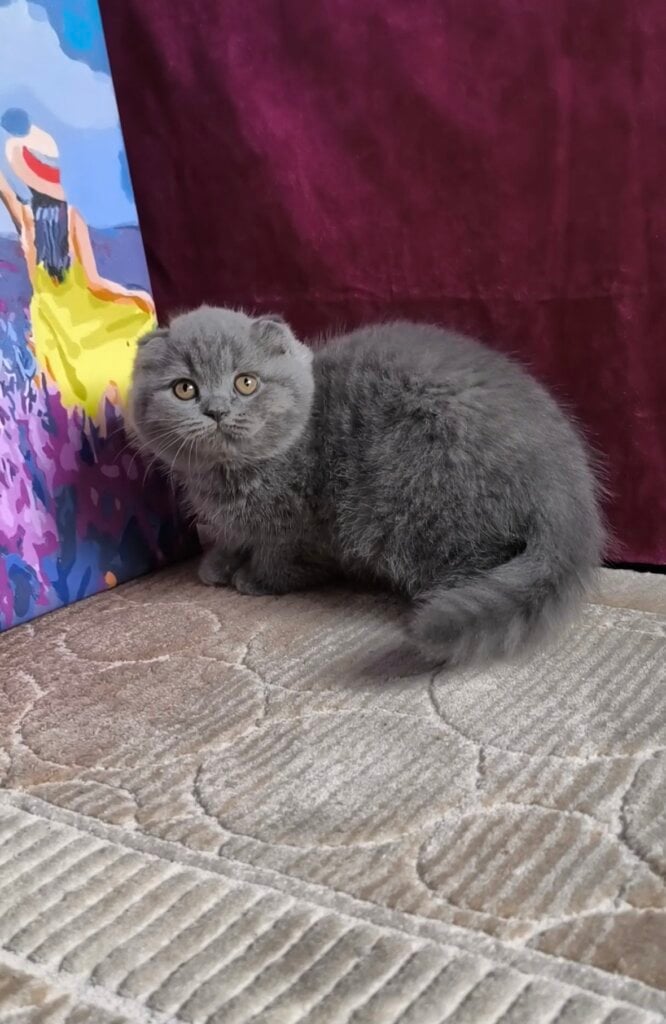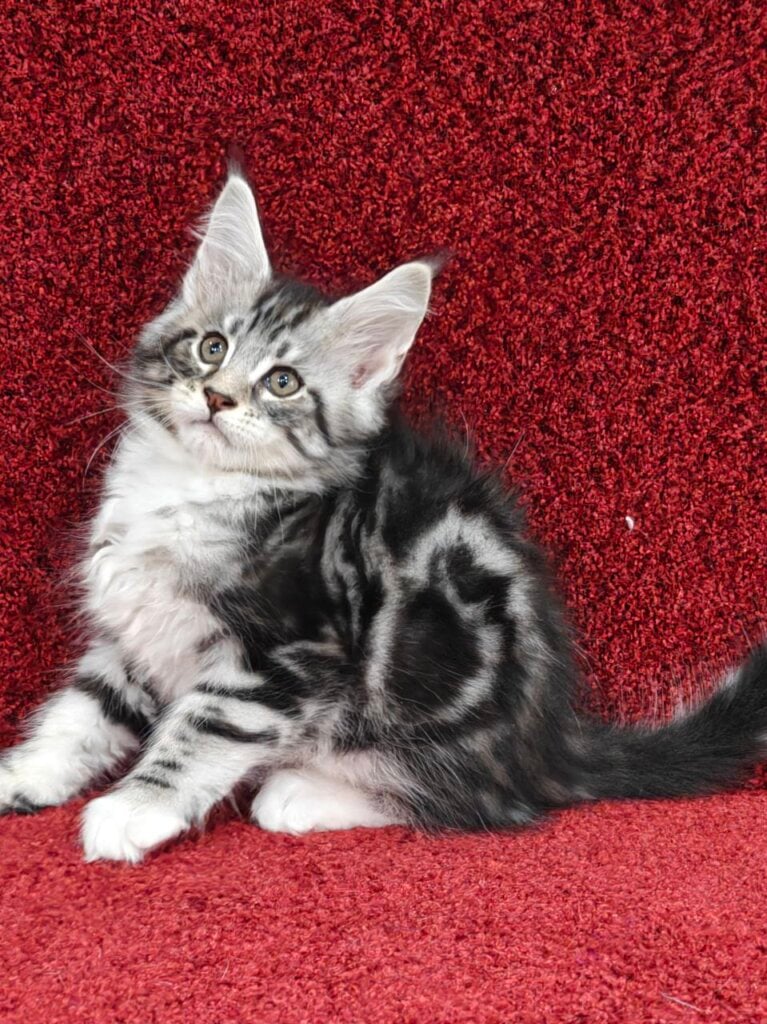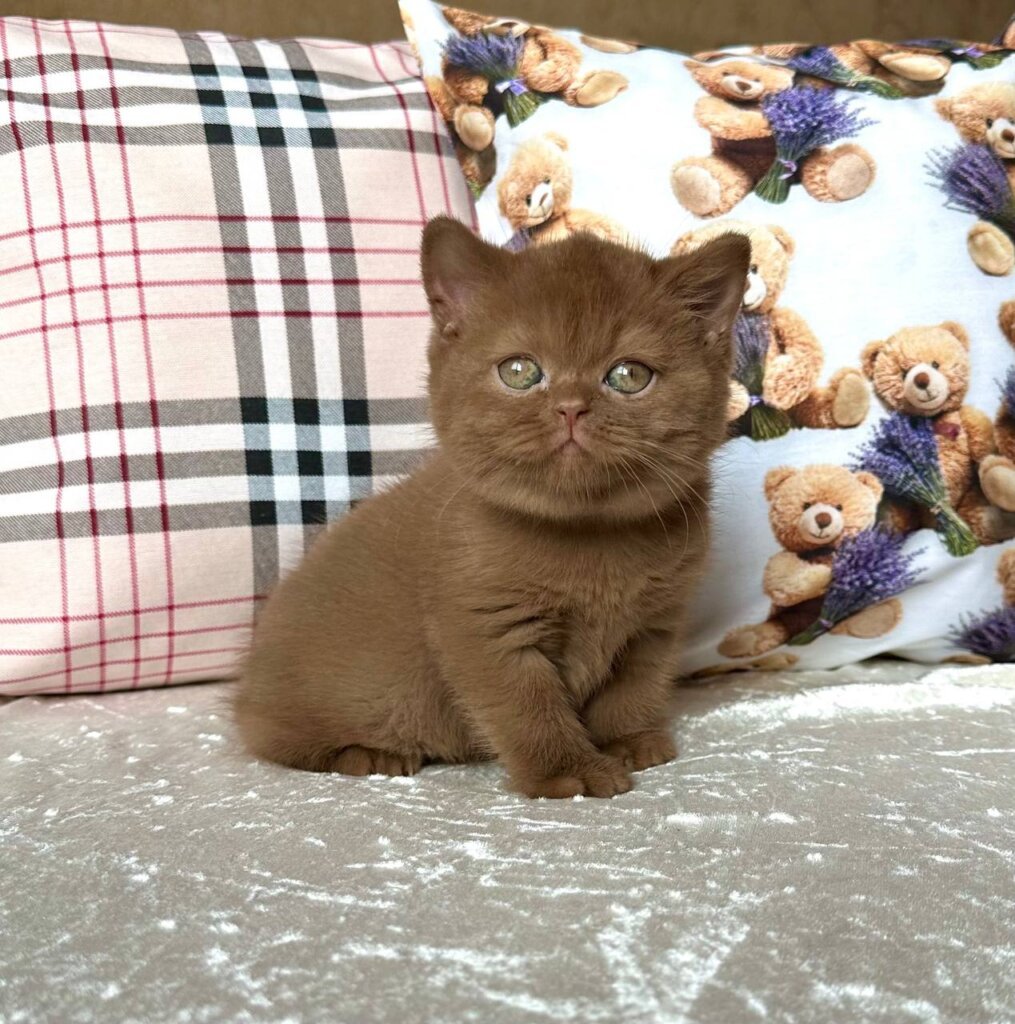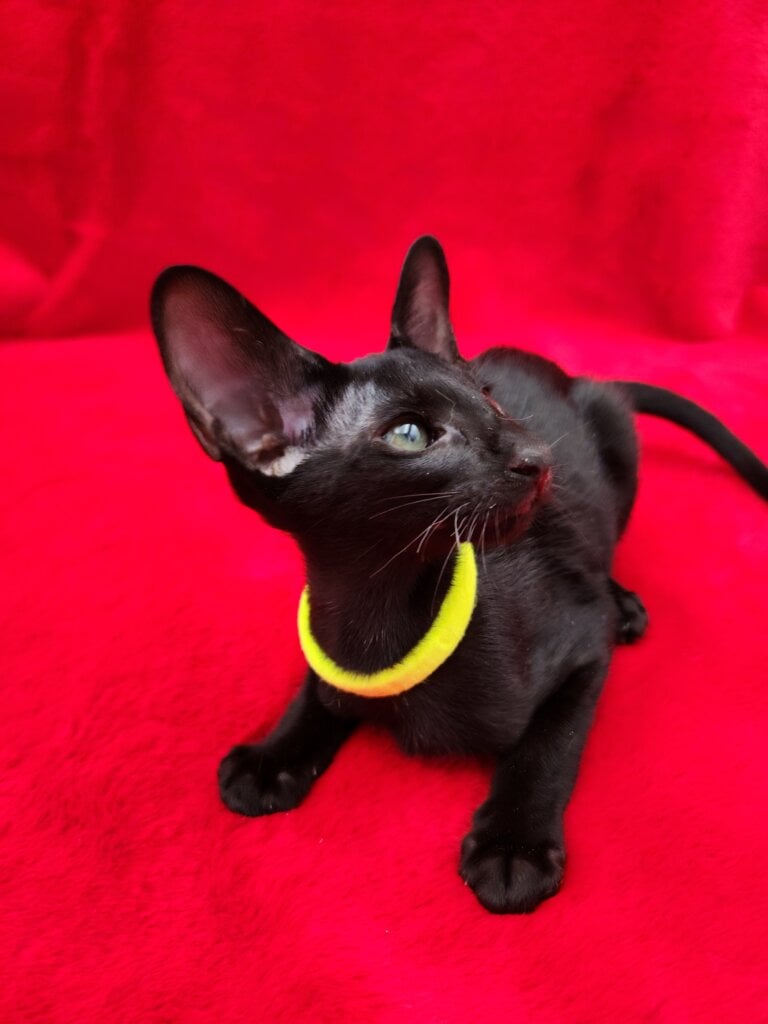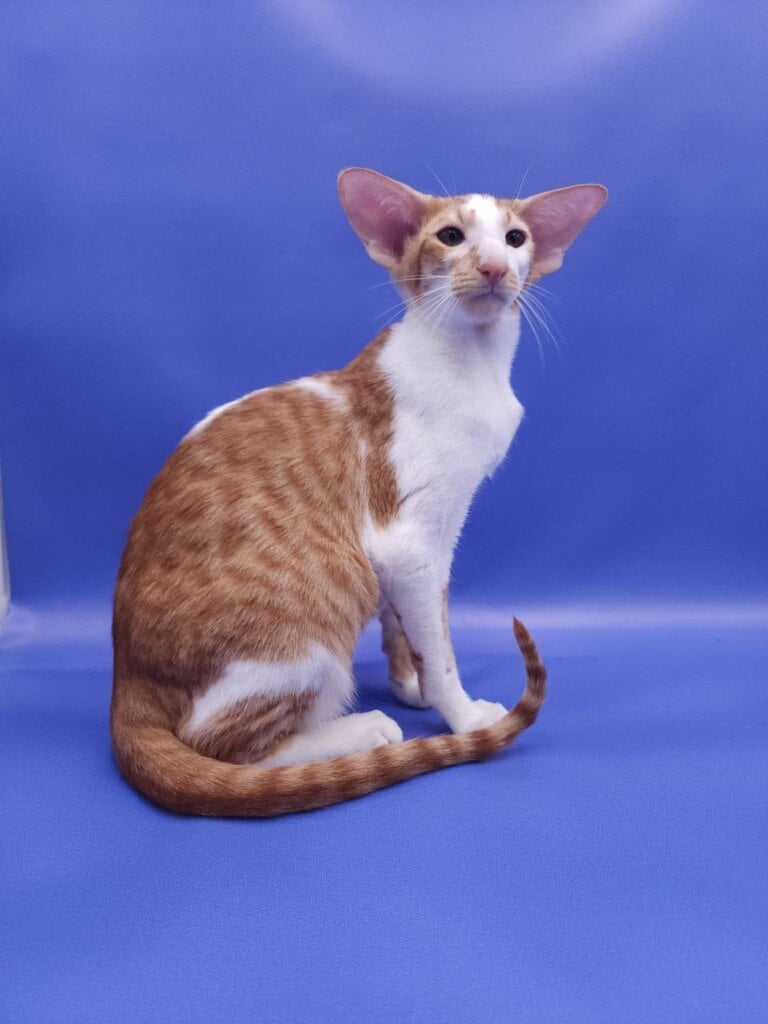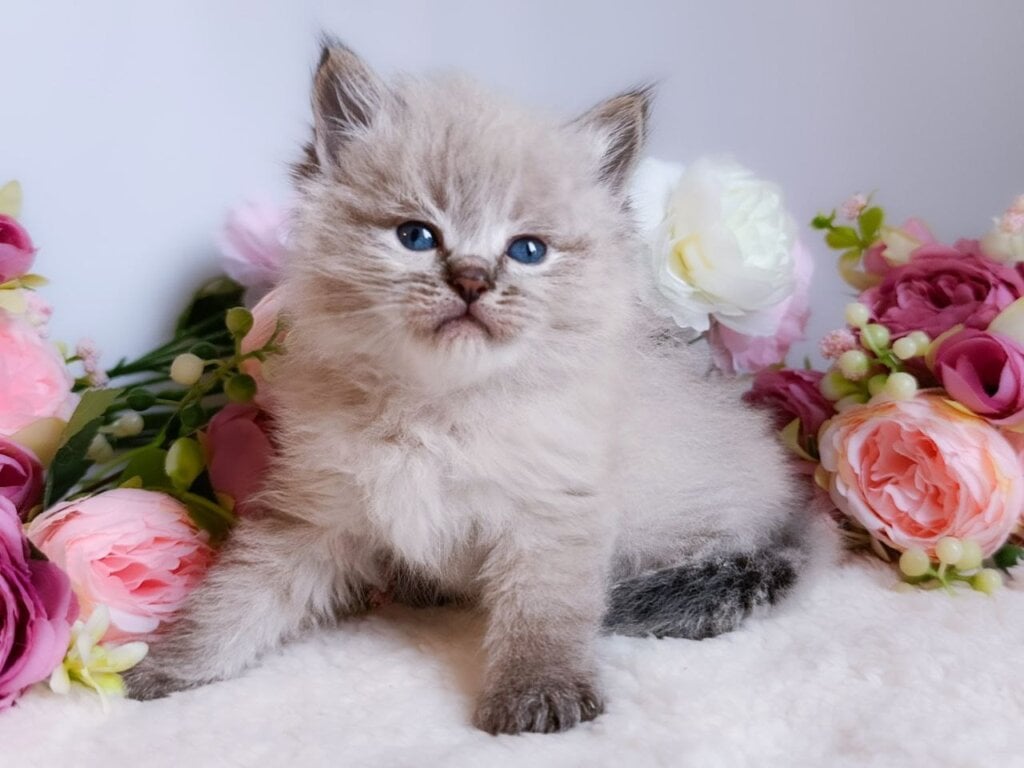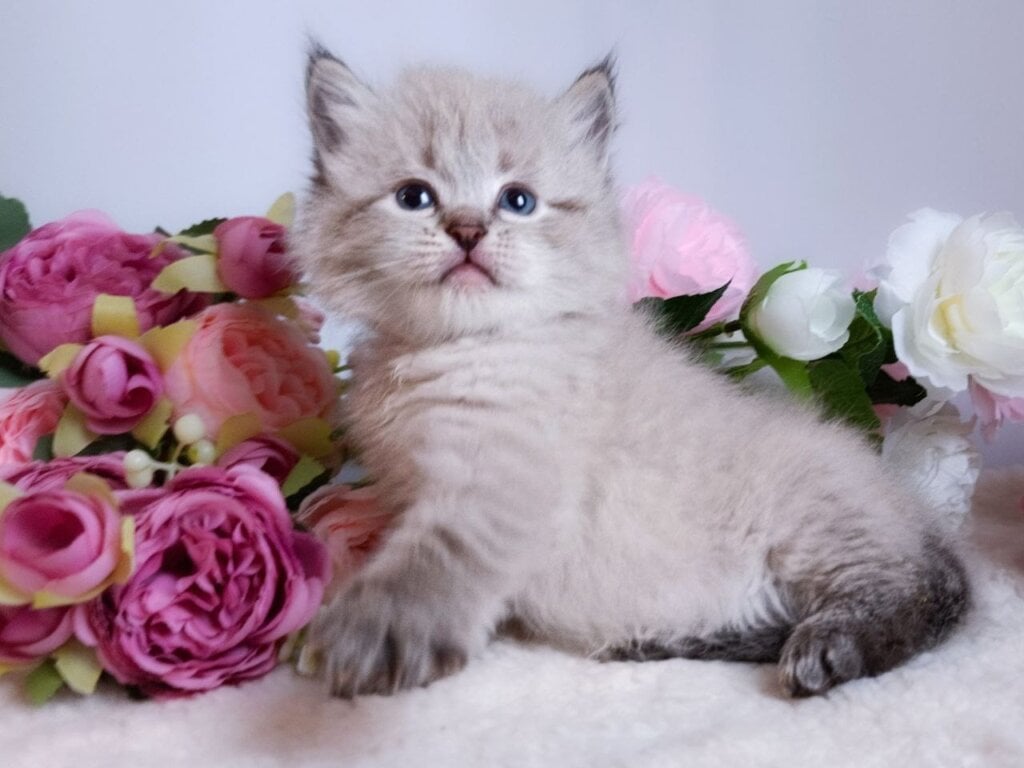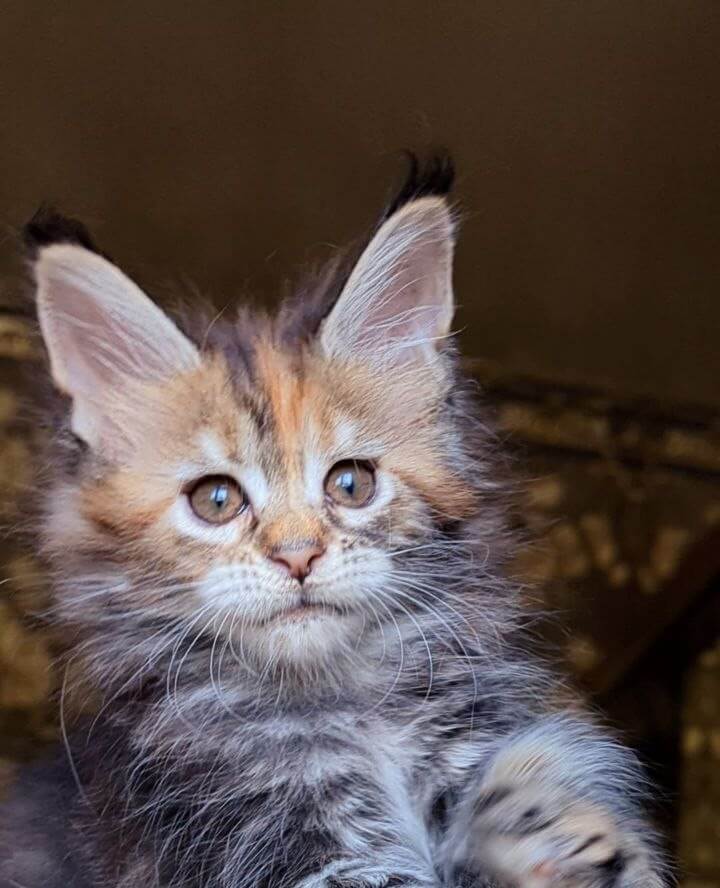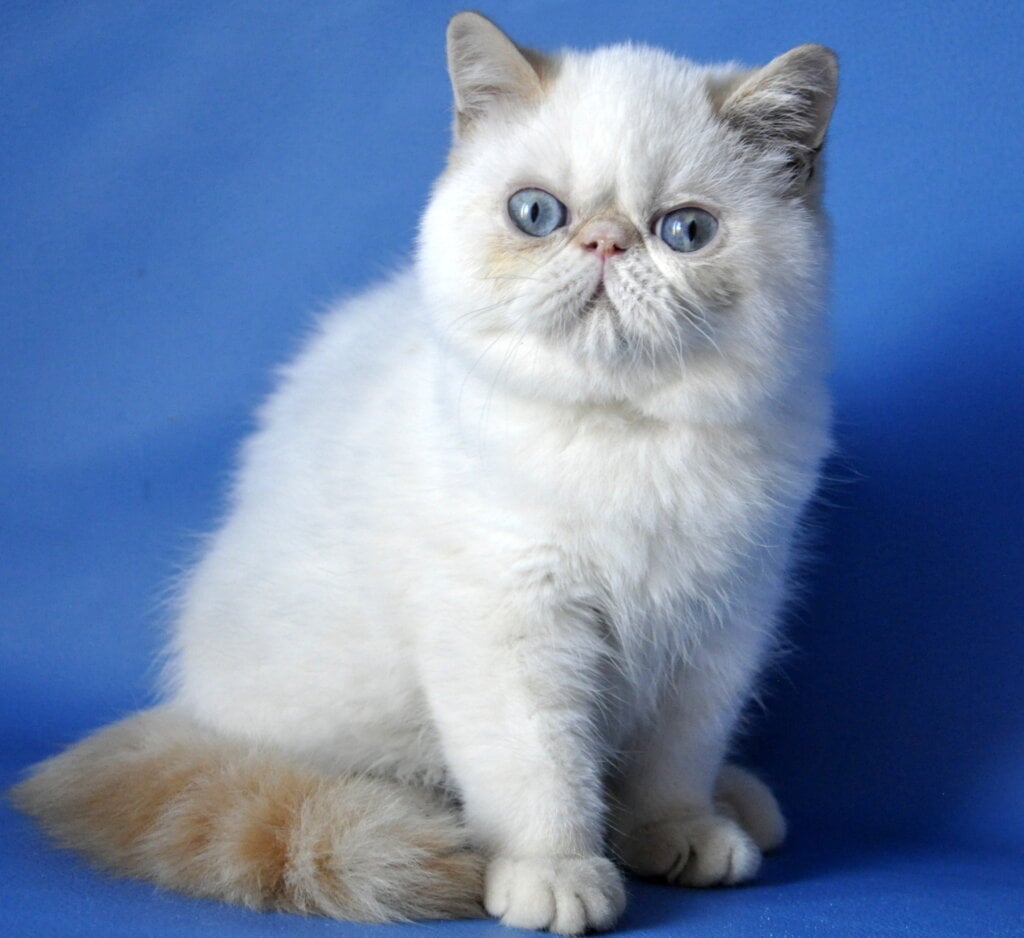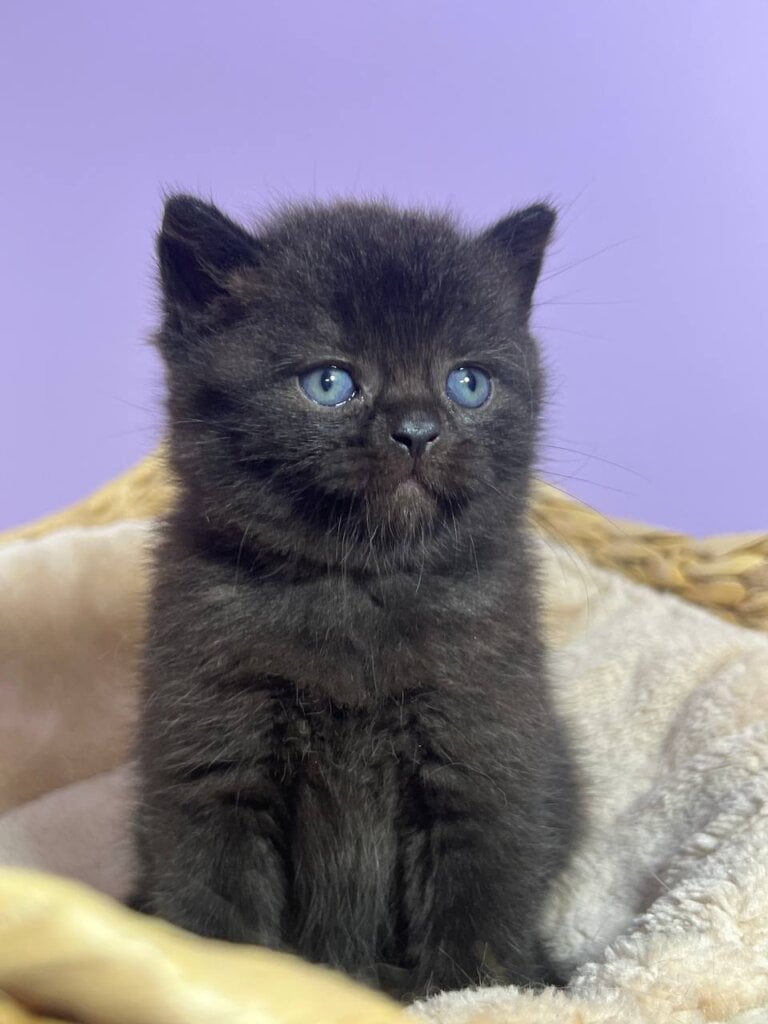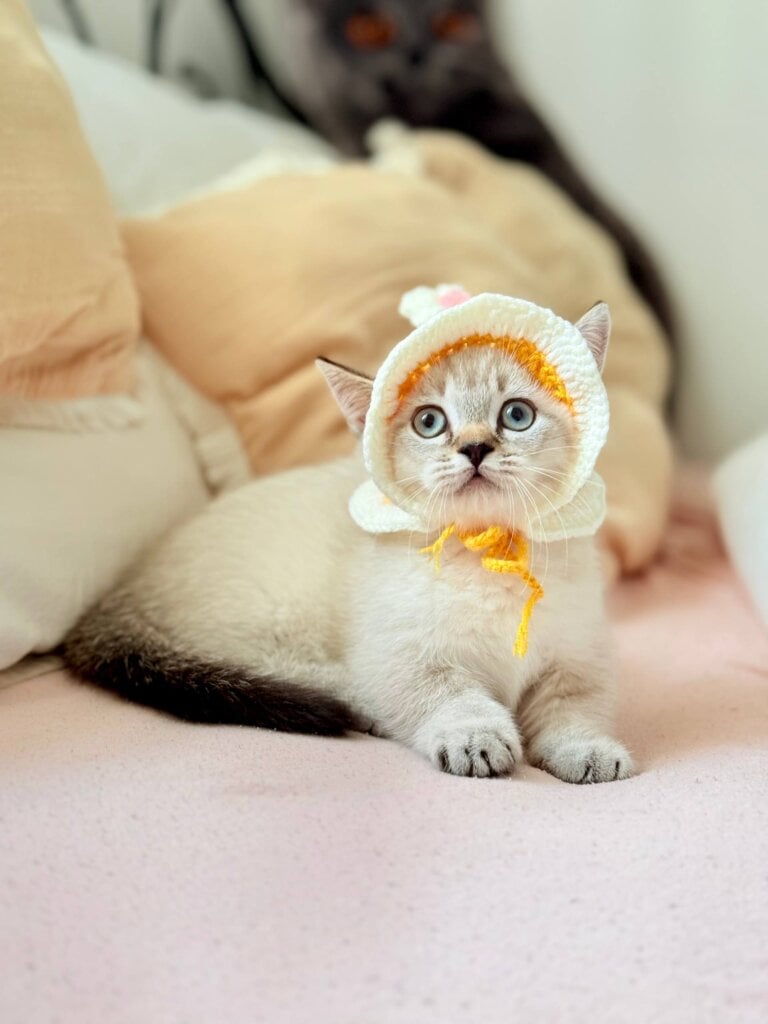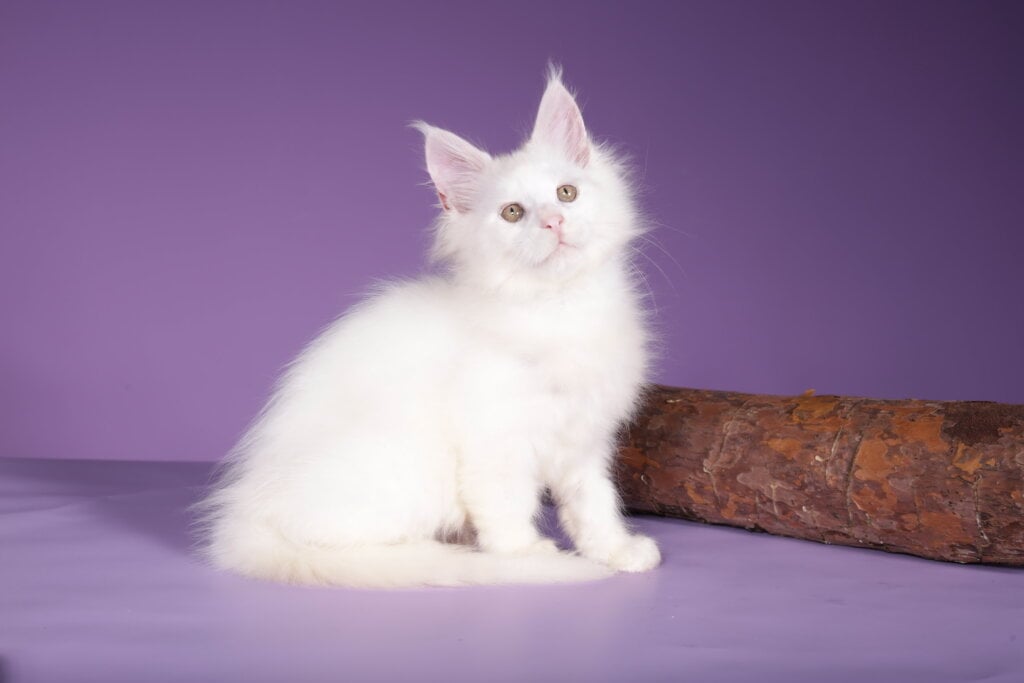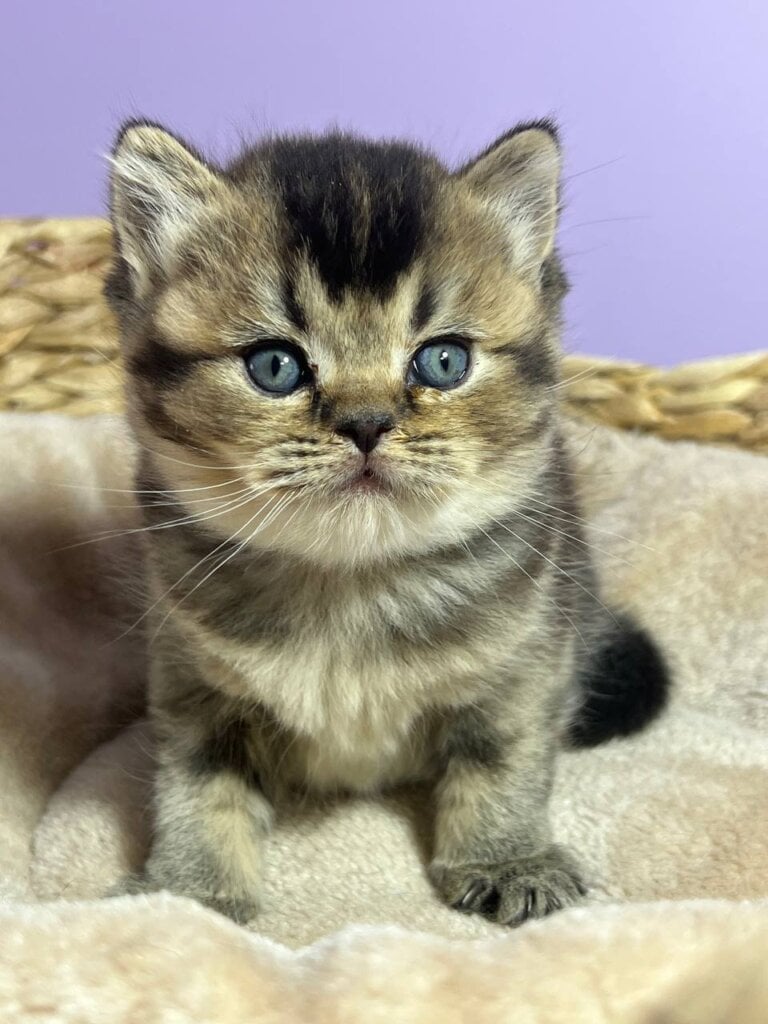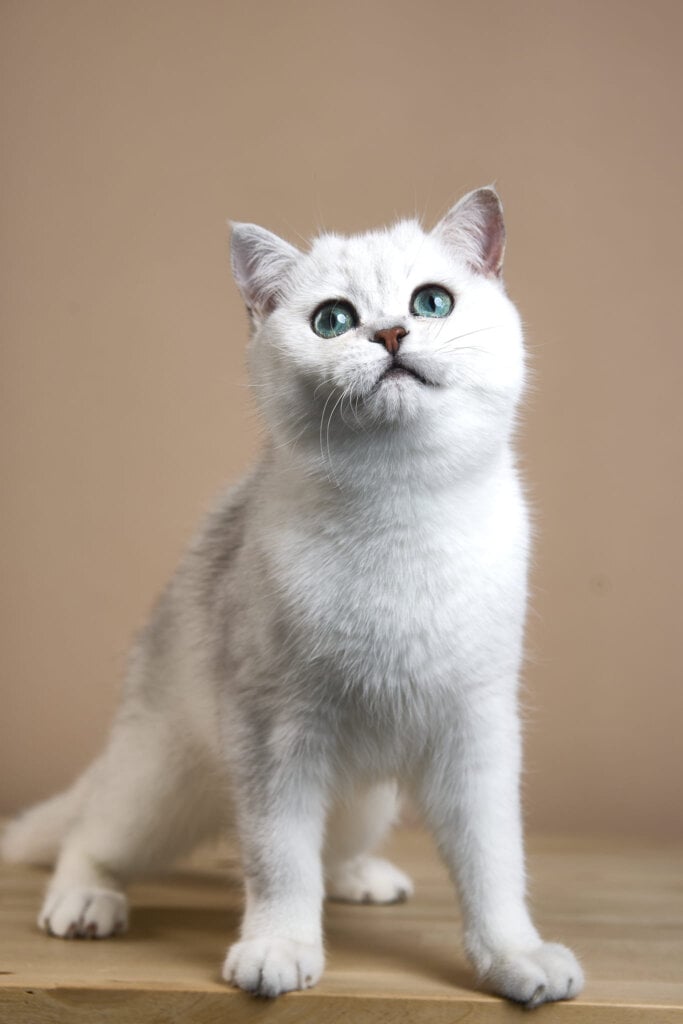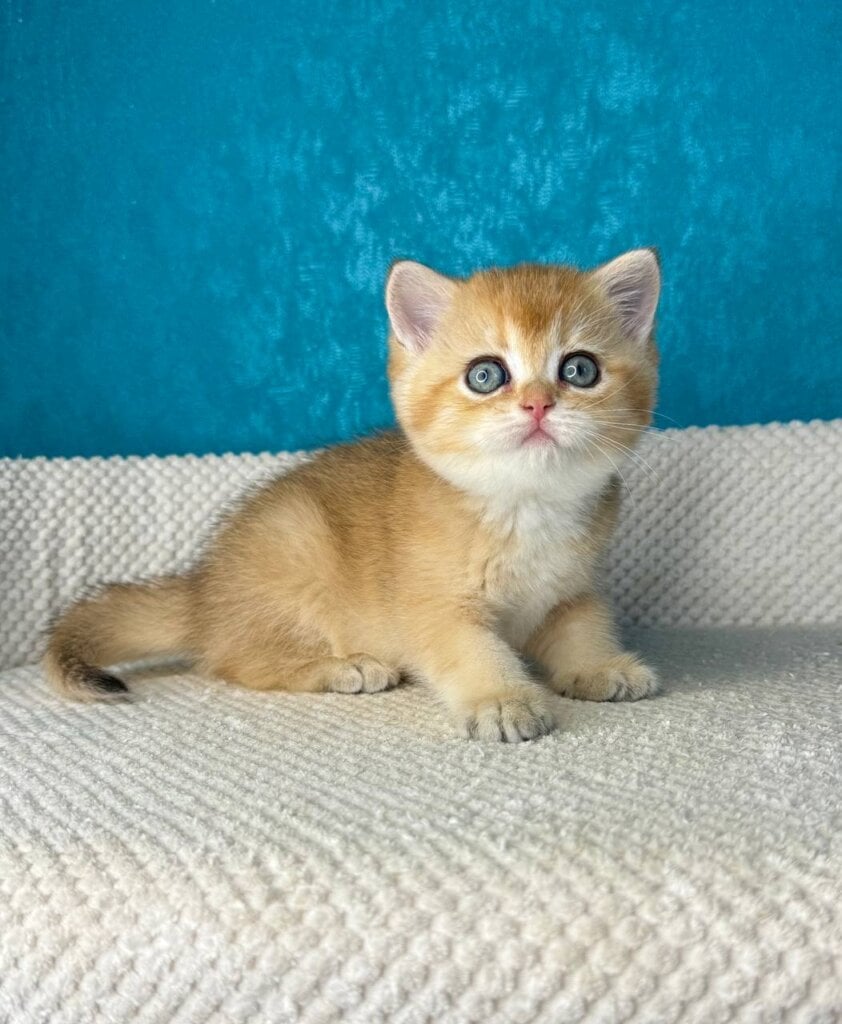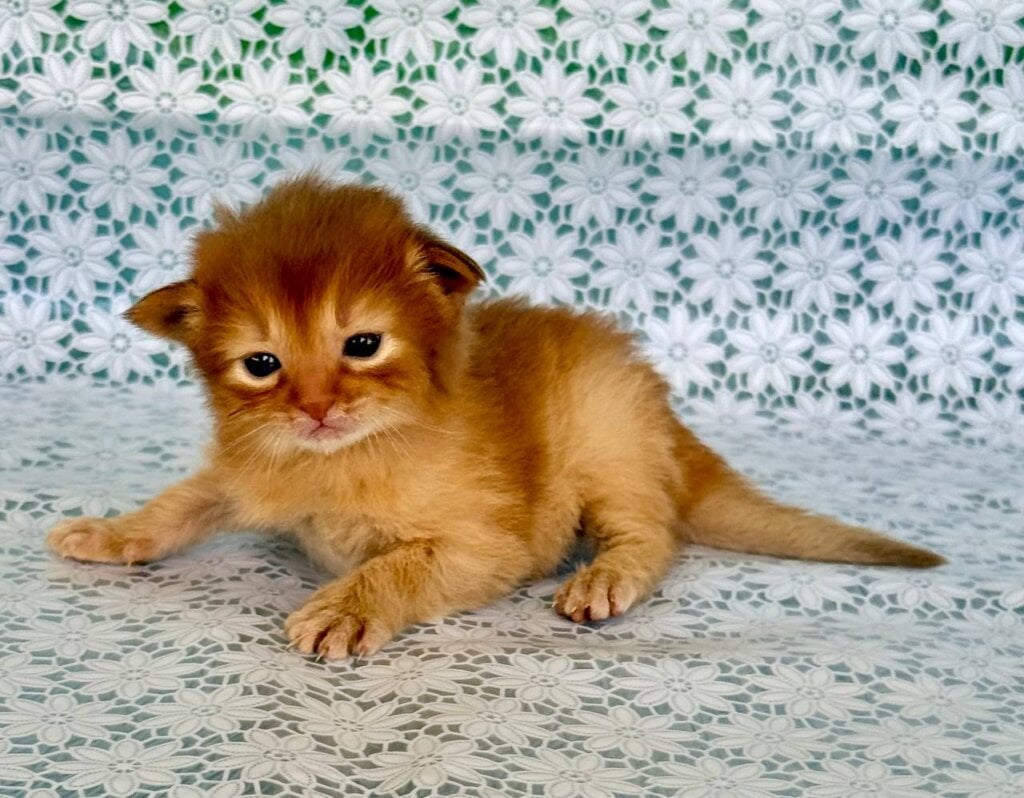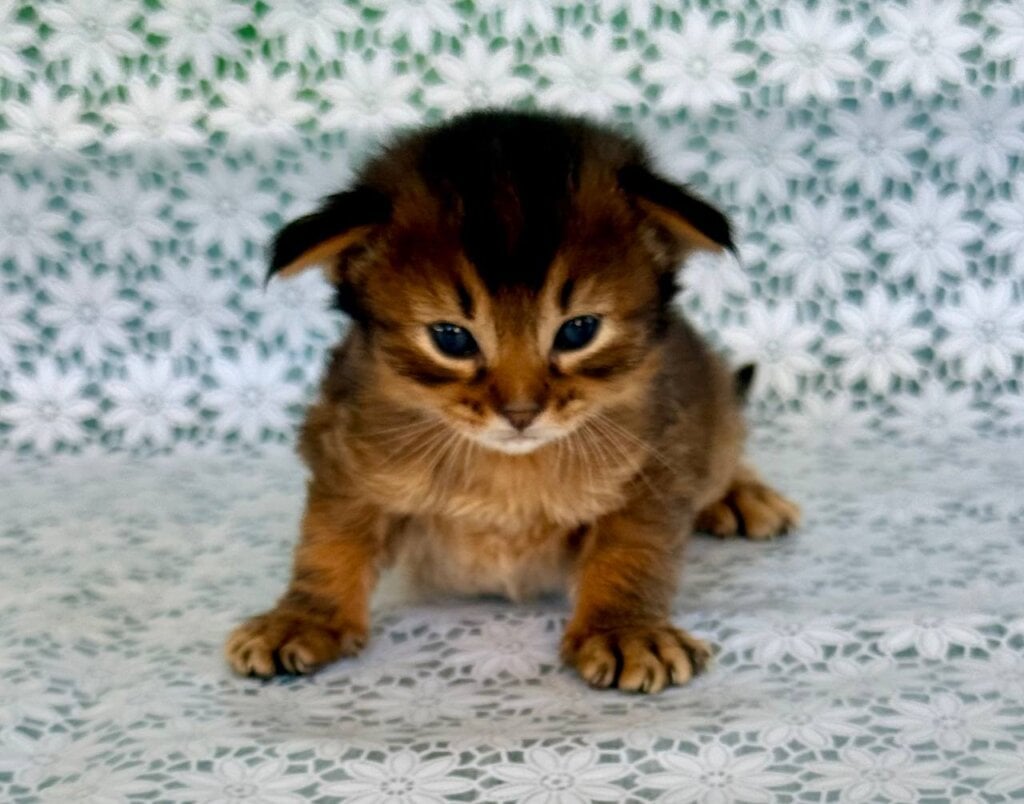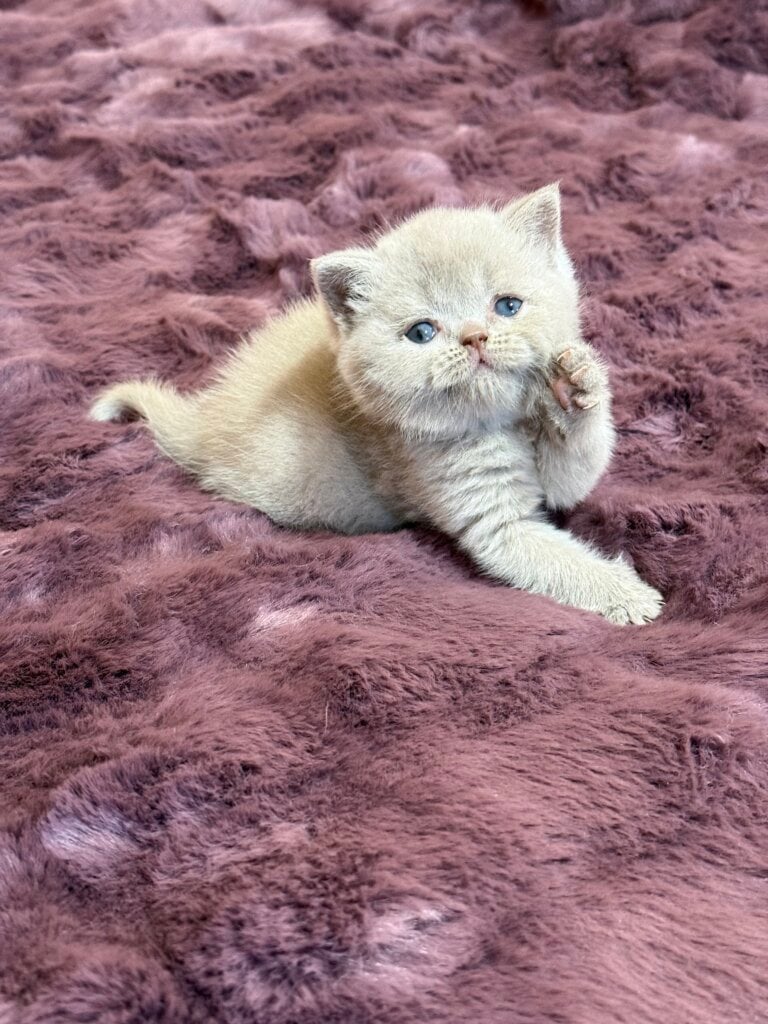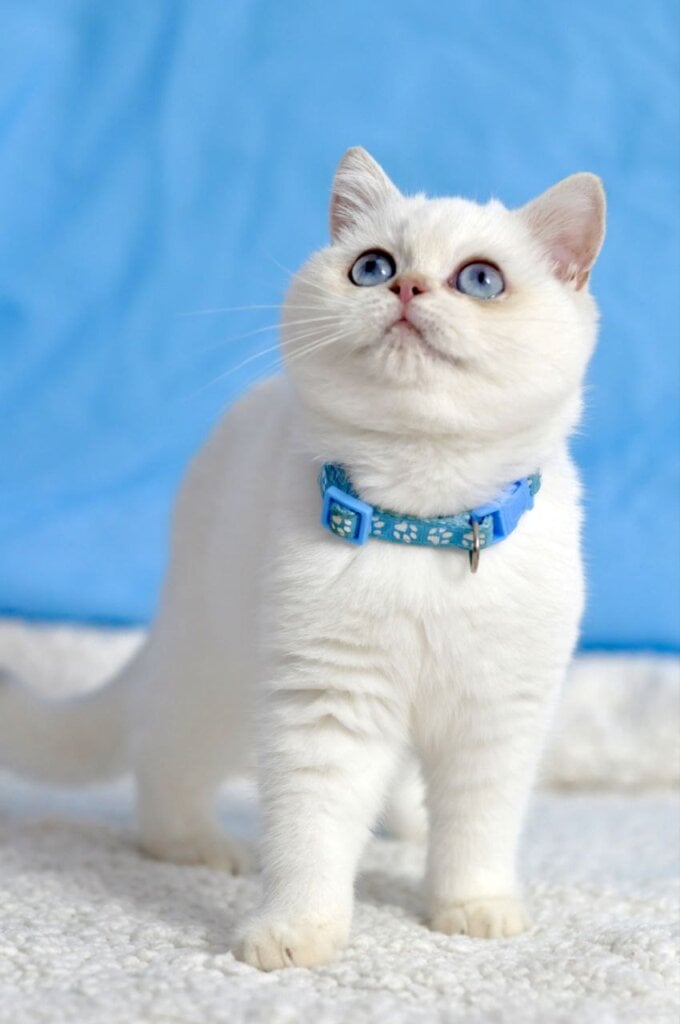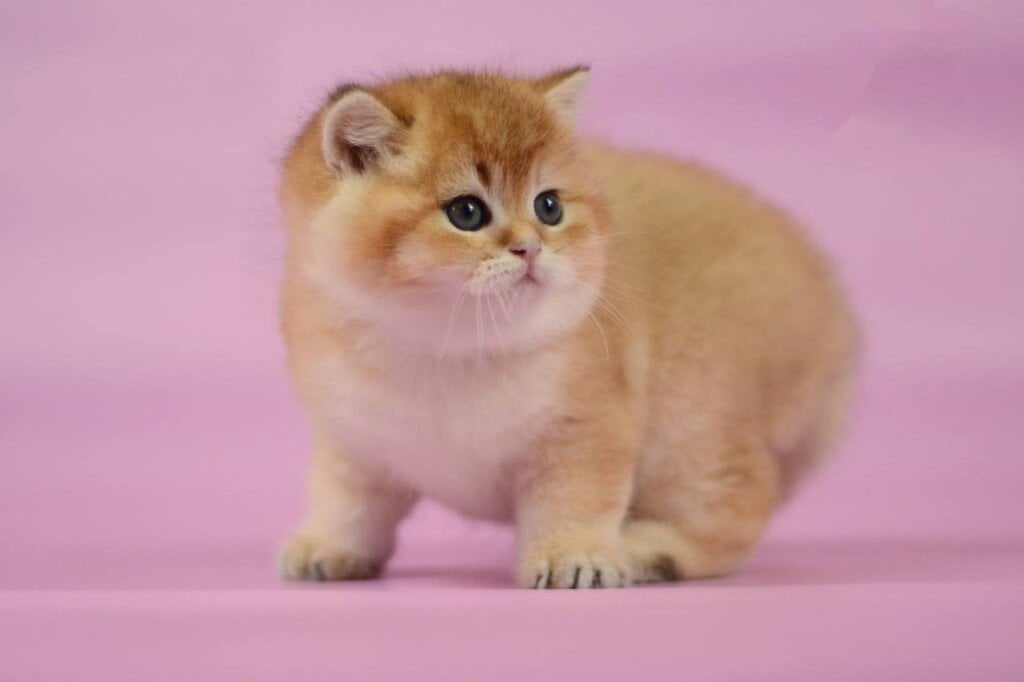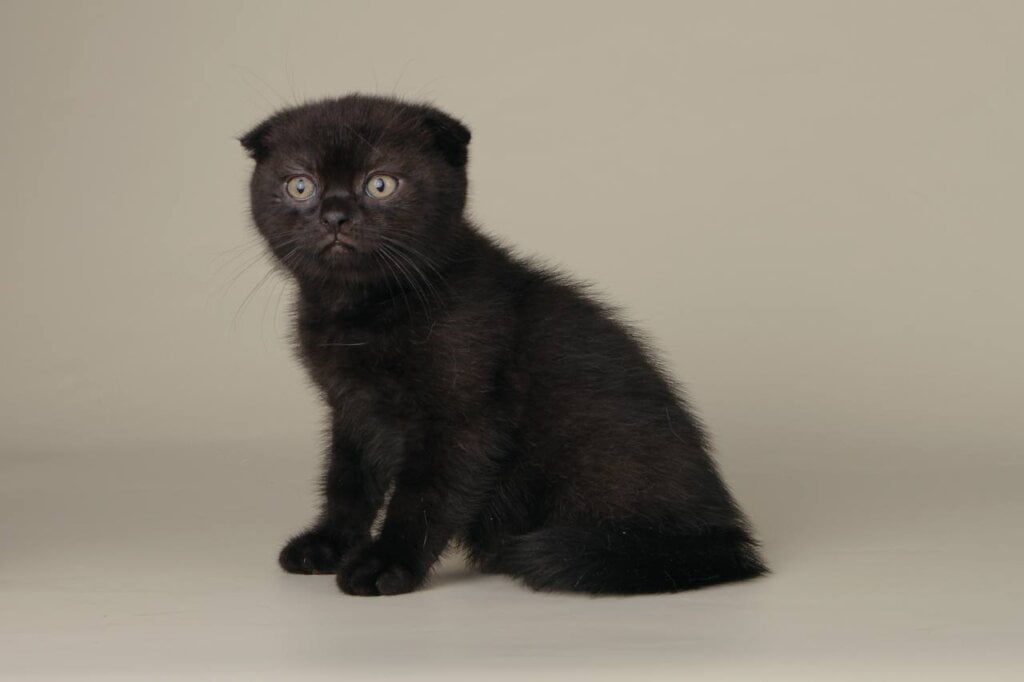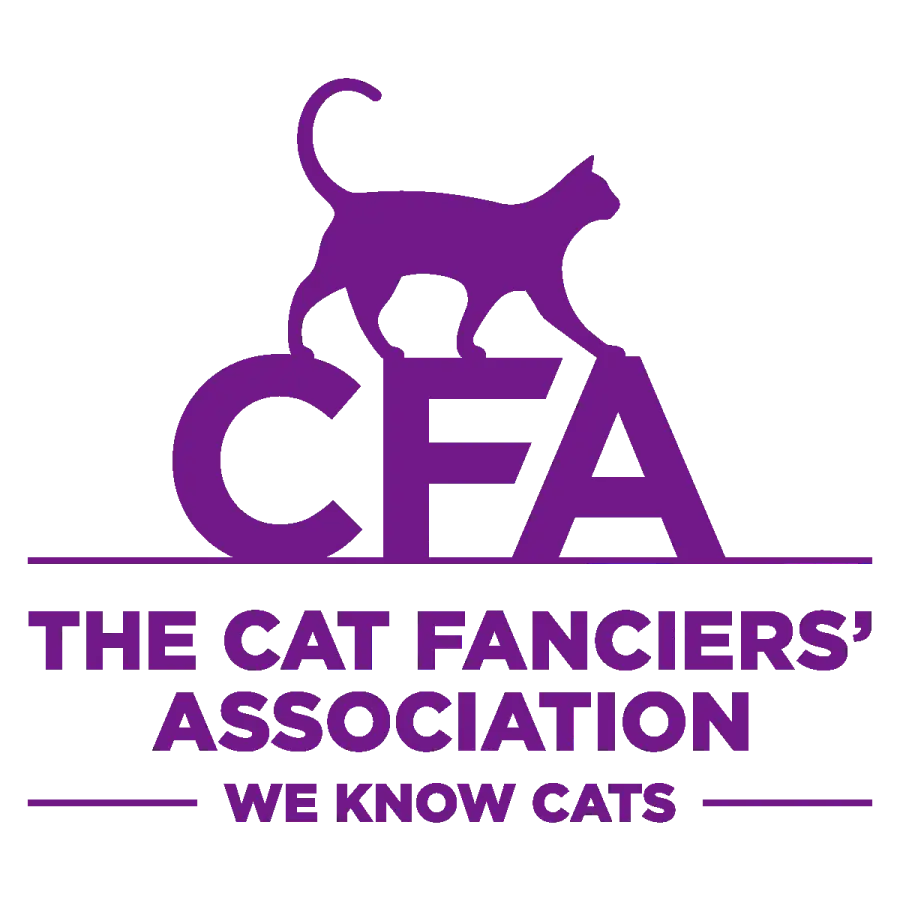Munchkin cats stand up on their hind legs primarily to gain a better vantage point, or to paw at things that have piqued their curiosity. Their short legs and robust backs allow them to balance upright effortlessly.
While this stance appears adorable and frequently brings on smiles, it demonstrates how these cats compensate for their bodies. If you want to know more about this quirky trait and what it means for their daily life, read on for real stories and tips.
Why Munchkin Cats Stand Up
Munchkin cats stand up for you and your entire family to immediately observe. This behavior is based on a combination of instinct, physical adaptation and their playful and social disposition.
1. Better Viewpoint
Standing up allows Munchkin cats to glance over things that could potentially obstruct their vision, such as furniture or other animals. Their tiny legs provide a solid foundation, so they can stand like a champ on their rear.
This keeps them alert for any changes or surprises in the vicinity-like a new toy, a visitor, or even another animal. Being on guard is crucial for their coziness, and being upright provides them a feeling of security and dominance.
In the wild, cats have to be vigilant of predators, and this tendency mirrors that necessity to be aware.
2. Natural Curiosity
Curiosity runs deep in the Munchkin cat’s nature. So when something catches their eye or interest – they stand up to see it better. This is an instinctive manner of them investigating something new, be it a flying feather, a noise, or a new person in the room.
A lot of Munchkin cats utilize this behavior to locate toys under couches or observe birds by the window. Their curiosity motivates them to be ingenious at discovering new ways to engage with their surroundings and others.
This inquisitiveness can result in playful episodes, assisting them in developing robust social connections.
3. Body Mechanics
Munchkin cats’ short legs, due to a genetic mutation, enable them to stand up straight without falling. They don’t have a high center of gravity like taller cats, so it’s easier for them to maintain a standing position.
Their muscles and spine maintain their balance when they stand for extended stretches. Despite their tiny legs, Munchkin cats run fast and gracefully.
They ascend stairs, pounce on beds and zoom around rooms. Their standing habit is all in a spritely, athletic fashion, demonstrating how well their body adjusts to everyday life and frolic.
4. Playful Stance
When your Munchkin cat stands up, it’s sometimes a play call–an invitation for you or another pet to play along. This posture makes them appear spirited and alert, enhancing the excitement of play.
It’s a method for them to bond with humans. Standing up can imply that they’re thrilled and looking forward to a snuggle or their favorite play session.
Other cats do it moments before the pounce, expressing their happiness and zest. It’s a small sign but says a lot.
5. Social Signal
Standing up can signal to others. To Munchkin cats, it could signify, “Pay attention to me” or “let’s play.” This posture can display their cocky attitude and allow them to LEAP into a room, particularly amongst other cats or visitors.
It’s just another language they speak to us and one another, with their bodies as much as their meows. This special behavior connects owners and their cats, cultivating trust and rapport.
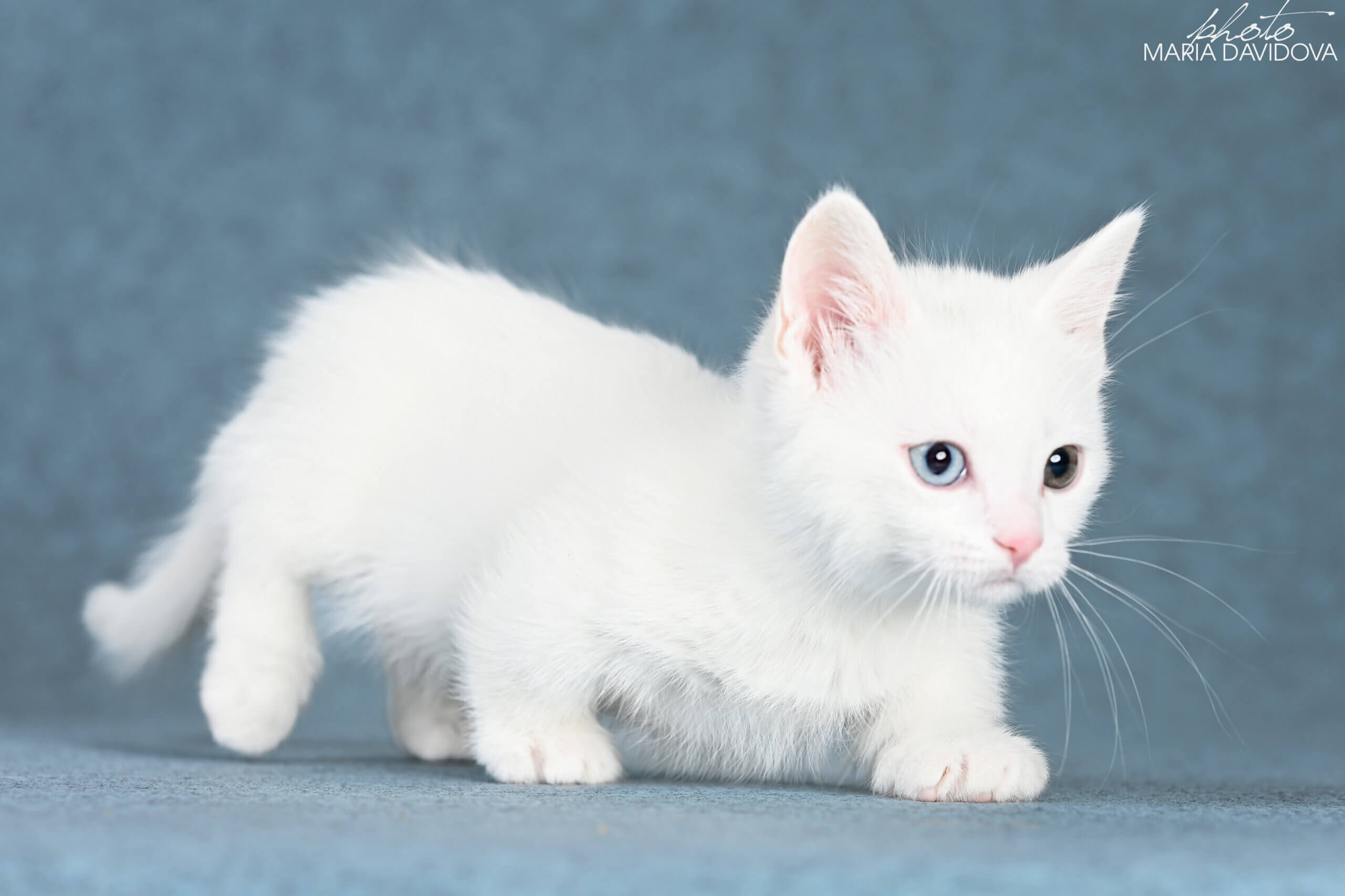
The Munchkin Blueprint
Munchkin cats sit up in a manner that exposes their special genetic and skeletal features. Their tiny little bodies are the result of a secret blueprint that defines not just how they look but how they behave and move.
Unique Anatomy
It’s those damn short legs that make Munchkin cats so special. Their legs are roughly 7–8 cm shorter than the average cat, lending them a stumpy, almost cartoon appearance. This characteristic additionally implies their bodies are nearer to the soil, and you’ll frequently catch them sitting up on their haunches, almost like tiny meerkats.
This body shape influences their movement. Munchkins can’t always jump as high as other breeds, but they scamper with an impressive amount of velocity and grace. Their small stature and low center of gravity keeps them grounded, so they tend to jump up on their back legs to sniff out a new perspective or grab for toys.
Their short legs imply that their bones and joints bear more strain, which can occasionally result in joint strain as they age. Yet, the majority of Munchkins remain spirited, mischievous and extremely inquisitive–a combination that all Munchkin families will adore.
Genetic Origins
The breed’s tale begins with a spontaneous genetic mutation observed in England during the 1930s, but it wasn’t until 1983 that the breed was actively bred into existence. That gene causes dwarfism, which gives Munchkins their characteristic short legs.
If you were to breed two short-legged cats together, there is a 25% chance the kittens would die because they’d have inherited two copies of that mutant gene. Therefore, good breeders will always breed a Munchkin to a non-Munchkin, to keep the gene pool strong and healthy.
This gene doesn’t just make their legs different. It can sometimes lead to health complications-particularly if there is inbreeding. Certain countries even argue that breeding Munchkins is immoral, as their body shape is unnatural.
That’s why it’s essential for breeders to employ responsible, ethical methods and consistent health testing. Good breeders want solid, happy and well-adjusted cats – not just a cute look.
Movement Style
Munchkin cats are not only cute, but they have a unique way of walking. They scuttle instead of hop, and utilize their hind legs for rapid acceleration and deceleration. The stubby legs don’t keep them from being on the go.
Actually, their mobility makes them more inquisitive-they’ll stand to look over to prost objects or to observe birds at the window. Their inability to jump far motivates them to innovate new means of transportation, making them creative.
Most of the time you’ll find them playing in random bursts, jumping from one location to another, standing up on their rear legs when something interests them.
- Munchkins rely on agility over height.
- They use standing to scan their surroundings.
- Their playfulness is connected to their exploratory drive.
- They’re quick on their feet, embracing new challenges and using their body to make up for what they lack in tallness.
They’re movers and groovers – a big part of their personality. Spunky, sassy and games, games, games.
Understanding for Care
Understanding what makes a Munchkin tick allows you to love them. You’ll want to provide them with ramps or steps for high areas and monitor their joints as they age.
Regular play and a balanced diet keep them healthy. A little bit of pre-planning can go a long way toward keeping them jolly.
A Question of Wellbeing
Munchkin cats are adorable and have a wonderful manner of standing on their hind legs, but this means they require special care. Their stubby little legs and elongated torso can make them prone to a handful of health issues, so knowing about their wellbeing is essential for those who seek to care for them with the utmost precision.
Potential Issues
- Hypertrophic cardiomyopathy (HCM): thickening of heart muscle, can cause fatigue and breathing trouble
- Lordosis: spine curves inward, may lead to chronic pain and weakness
- Osteoarthritis: joint pain and stiffness, can limit movement and standing ability
- Pectus excavatum: sunken chest, may affect breathing and organ function
- Spinal pain: may cause leaning, reduced activity, or trouble standing
- Shorter stride: unique build can put strain on joints over time
A lot of these health concerns can present as postural changes in a Munchkin’s stance or gait. For instance, a cat with osteoarthritis may pause before jumping or gets up less frequently. Lordosis and spinal pain can manifest as leaning or unsteady posture, whereas HCM can cause fatigue following brief play.
Routine vet visits prevent issues like these from going undiagnosed. Early intervention, whether that’s beginning joint supplements or pain management, can be a game changer in terms of quality of life.
Posture Clues
Observing the way your Munchkin cat stands or sits provides vital insight into their well-being. A cat that suddenly stands less frequently, sits with a hunched back or avoids stretching up might be in pain or otherwise unwell. Abrupt changes in standing, such as tipping to one side or being more sedentary, can be red flags for joint or spinal problems.
Posture isn’t just a cute pose–it can help keep minor issues from escalating. If owners catch these changes early, they can work with their vets to avoid more dire complications. By remaining vigilant to these quiet communications, owners can intervene before a cat’s discontent transforms into a more serious malady.
Responsible Care
- Give a high-quality diet with joint support supplements
- Keep living spaces accessible, with ramps not high jumps.
- Set up regular check-ups with a vet who knows the breed.
- Monitor for any alterations in activity or positioning and intervene quickly if necessary.
- Gather all the info you can about Munchkin cat care from reliable sources.
A safe home equates to less opportunities to fall or over exert. Ramps or steps to beds and couches help protect joints and spines. Routine vet checkups catch issues before they become business.
Owners who invest the time to educate themselves about breed-specific needs can give their Munchkin the best chance at a joyous, active life.

More Than Just Legs
Munchkin cats aren’t just about those short legs and that iconic “Sausage Cat” appearance. Their spirit is a colorful blend of inquisitiveness, sweetness, and mischievousness that defines their lifestyle and relationships. These cats are not a novelty-they’re active companions that do best in households where their social and energetic personalities are appreciated.
Curious Nature
Munchkin cats are wanderlust believers. They just adore sticking their snouts into bags, boxes and even the tiniest nooks of your home. This inquisitiveness drives them to scale, explore unfamiliar noises, and test every nook in their nook.
Their need to know what’s going on means they’re typically the first to check out visitors or new fur-babies. This is the reason you’ll find a Munchkin on its hind legs; it gives a better vantage point to check out the action. This posture is a definite indication of their alertness and desire to witness beyond their diminutive legs might permit.
While this can sometimes border on trouble, it is best to keep breakables and hazards out of reach. Owners who install shelves, tunnels and interactive toys discover their Munchkins more stimulated and less mischievous.
Affectionate Side
Munchkin cats adore snuggling up with their humans. They are social and crave companionship, trailing the clan from room to room and curling on laps at every opportunity. This ceaseless demand for proximity causes them to develop an immediate attachment to those in their vicinity.
Their frivolous streak makes an appearance in their expressions of affection, too. Munchkins nudge owners to play, bring toys and even chirp or meow for attention. This combination of love and laughter makes for a warm, vibrant home.
A Munchkin cat teaches kids empathy – these cats give back every ounce of love they receive. If you’re looking for a cat that dishes out as much as it receives, a Munchkin is an excellent type. Just be sure to give it back-these kitties thrive when they know they’re loved.
Play Instincts
Their prey drive is high in Munchkin cats. They’re ever willing to pounce on a feather, pursue a toy mouse or race through tunnels. This momentum isn’t just enjoyable-it’s a crucial element in what keeps them physically and mentally fit as well. Armed with the proper toys and challenges, Munchkins remain sharp, happy and fit.
Play is a connection. When owners find time for daily games, the bond grows deeper. Munchkins are quick to find out who’s gonna play with them. They bring their favorite toy to the one they trust most. This routine breeds trust.
Since they don’t like solitude, it’s beneficial to have a companion animal or install puzzle feeders and climbing towers. Stuff such as ball tracks, interactive toys, and even cardboard boxes can keep them busy when you’re not around.
Interpreting the Stance
Knowing why Munchkin cats stand up is more than just interesting. Their stance can provide hints as to their disposition, requirements, and even their wellbeing. For families and individuals, interpreting these signs can strengthen the connection with their animal companion and cultivate a compassionate household.
Human Perception
How many folks look at a Munchkin cat on its hind feet and burst out in smiles or laughter? It’s adorable, endearing, or mischievous, and just part of what makes these cats incredibly likable to families. The cat stands, confident, balanced and agile, igniting those good vibes and making them last.
Owners tend to answer with treats, affection or soft praise, positive reinforcement of any kind. In time, cats might do that stance more frequently as they associate it with treats. This feedback loop characterizes how Munchkin cats engage their world and their humans.
So when owners witness their cat standing, it’s not merely a comical spectacle-it’s a minor act of bonding.
Feline Communication
Standing up isn’t just a display for us – it may be part of the feline conversation. Among Munchkin cats, this stance can exhibit assertiveness or indicate intrigue, particularly in a multi-animal household. For instance, a cat could rise when greeting a new creature or sniffing out a transition in their territory.
Other cats interpret these stances to determine if they should pounce, approach, or back off. By observing intently, owners can detect clues about dominance and insecurity. Promoting calm intros and managing pack mentality makes all animals comfortable.
Munchkin cats may have short legs but they use posture as a tool for social balance.
Environmental Triggers
There are a lot of things in a cat’s environment that can cause them to stand up. New sights, strange sounds, or even an old favorite toy will typically distract them and set off this behavior. They can easily pop up without falling, unlike some other breeds, due to their short legs and strong balance.
Home improvement – whether furniture or new faces – may stimulate increased standing. If the house is filled with interesting sights and sounds, Munchkin cats will stand up more to investigate. Owners can feed this innate curiosity by incorporating perches, safe ramps or window seats.
In apartments or single-level homes, this breed thrives and remains active, despite the small amount of room.
Observing Body Language
Careful observation helps decode a Munchkin cat’s intentions. Their stance might mean curiosity, caution, or playfulness. Being aware of the context makes owners react with sensitivity.
This builds trust and reduces stress.
Beyond the Breed
Standing on their hind legs is not a characteristic of Munchkins, rather, it’s one that can be observed in quite a few different breeds. Such conduct allows cats to either gain a better vantage point or reach, or to simply be inquisitive. Munchkin cats, thanks to their short legs from a natural mutation first observed in Louisiana in 1983, have become famous for this standing stance, but they don’t have it to themselves.
Other Cats
| Cat Breed | Standing Behavior | Reason for Standing | Personality Factor |
|---|---|---|---|
| Munchkin | Frequent | Curiosity, play, balance | Bold, playful |
| Scottish Fold | Occasional | Watchfulness, attention | Calm, observant |
| Sphynx | Sometimes | Seek warmth, curiosity | Social, alert |
| American Curl | Rarely | Curiosity | Gentle, curious |
| Domestic Shorthair | Sometimes | Play, attention | Varies widely |
Some breeds, such as the Scottish Fold, stand when they desire a superior vantage point. Sphynxes do this to absorb the heat or scope out the action. Every cat’s motivation to stand varies by personality, mood, and environment.
Your cat’s eccentricities aren’t always about breed. They may stand up more if they’re extroverted or inquisitive, or less if they’re introverted. Certain Munchkin cats adore standing and waving for treats, while a chilled-out American Curl might do so infrequently.
Observe your kitty and you’ll identify their personal motivations for rising-play, chow, affection or simply to gaze upon you more closely.
Owner’s Role
How you deal with your Munchkin’s status matters. Positive reinforcement-such as a treat or a word of praise-can promote this adorable behavior. Applauding your cat when they stand up re-affirms their trust and makes them feel secure enough to strut their stuff.
Being there and engaged during playtime counts. Your involvement ensures that your cat stays in good shape, emotionally sound and self-assured. This goes for all breeds, but especially the likes of Munchkins, who adore human companionship and flourish when owners participate in their play.
Their stubby little legs don’t restrict them from doing so-they still scale, leap and investigate alongside the best of em.
Keep vigilant for health concerns associated with their distinctive structure, such as arthritis or disc disease. Routine vet visits and soft treatment do wonders. Remember, all cats are unique, even Munchkins. Some will stand all the time, others might do it infrequently.

